Day 2 - Part 2 Auschwitz-Birkenau, Poland (28 June 2019)
Out of respect of the more than one million victims, our journey to Auschwitz-Birkenau concentration camps deserved its own post. Both Laura and I had visited Dachau in the past, and knew we wanted to cap off the experiences of World War II with a visit to these concentration camps.
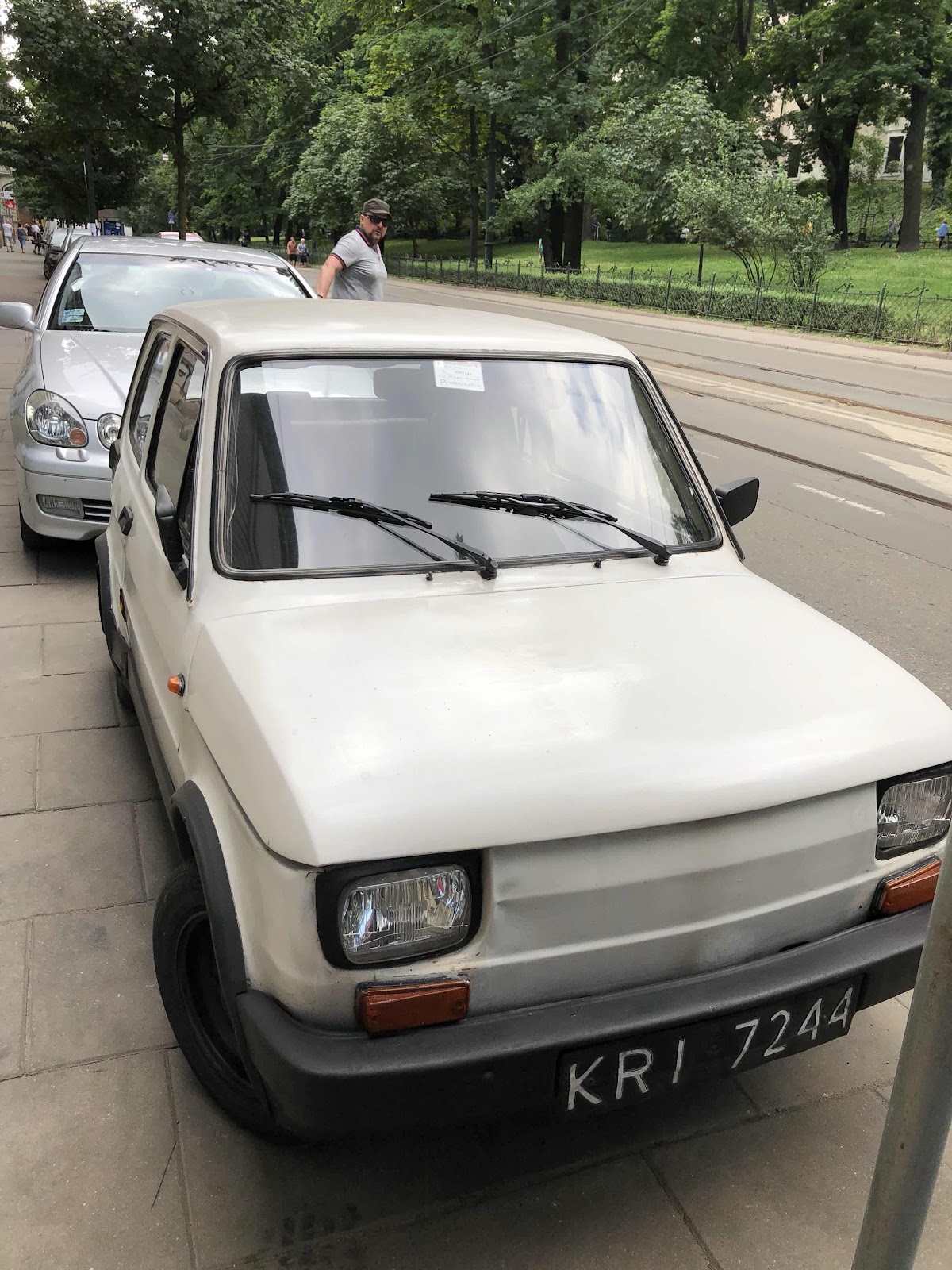
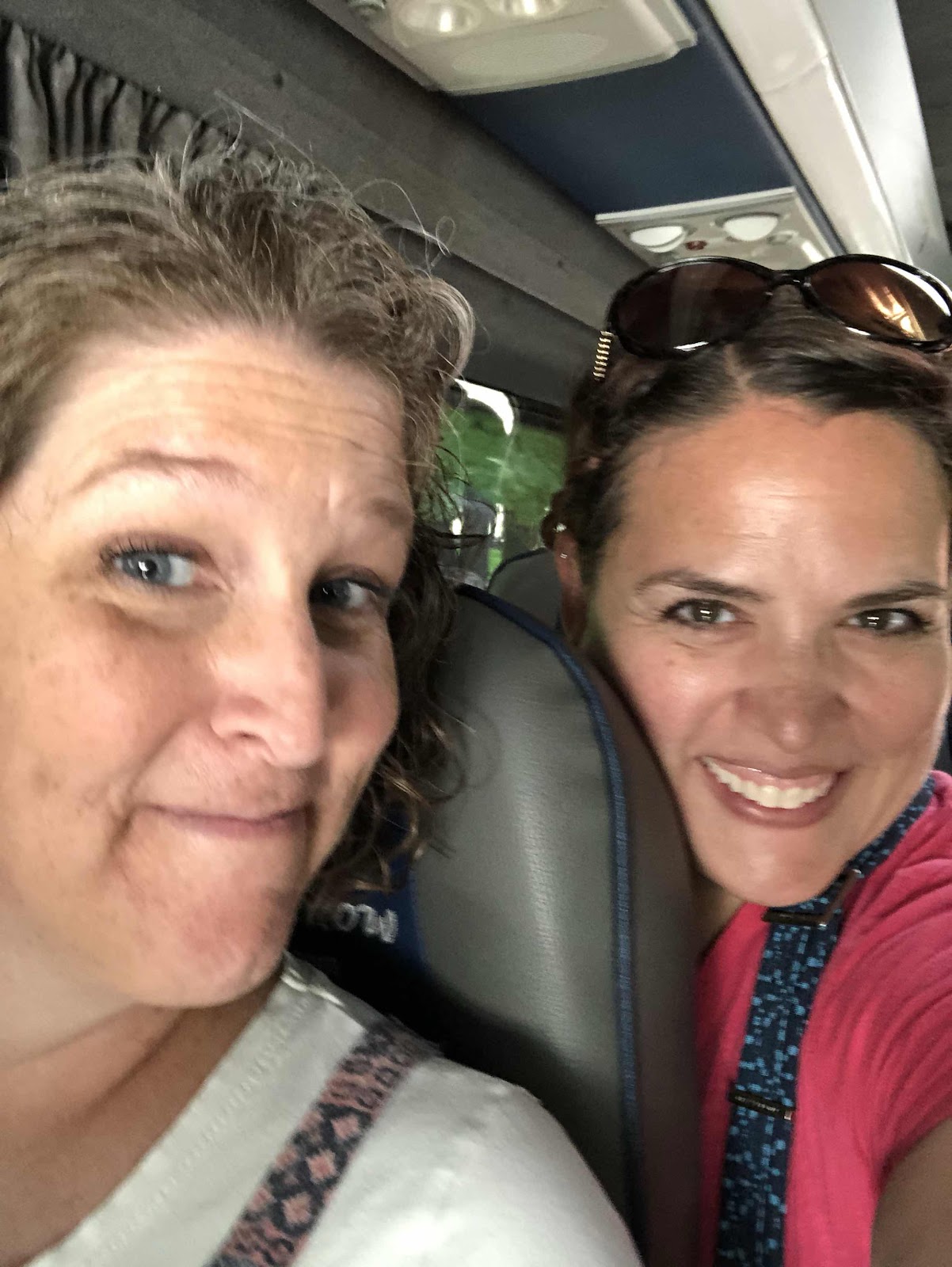


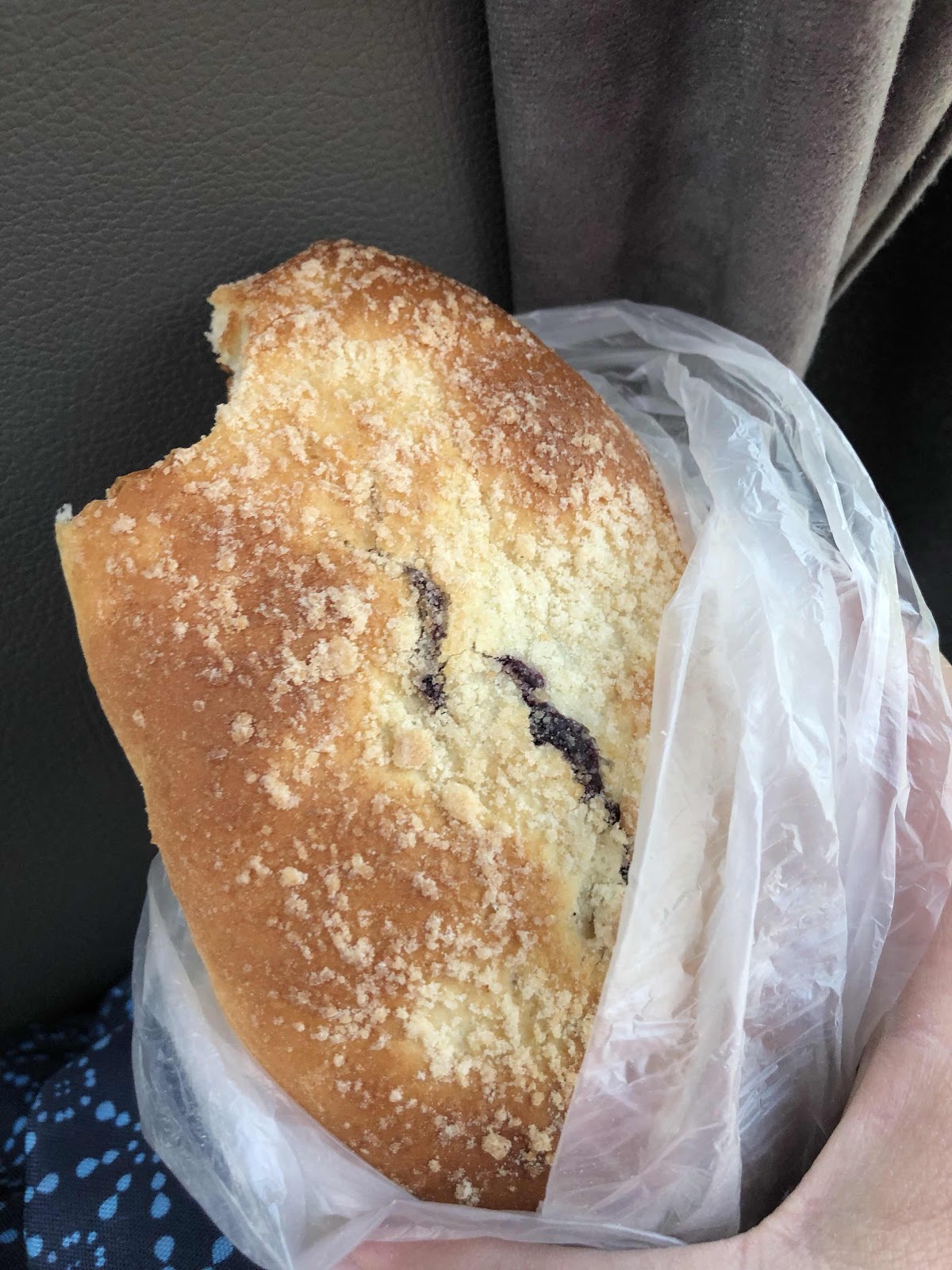
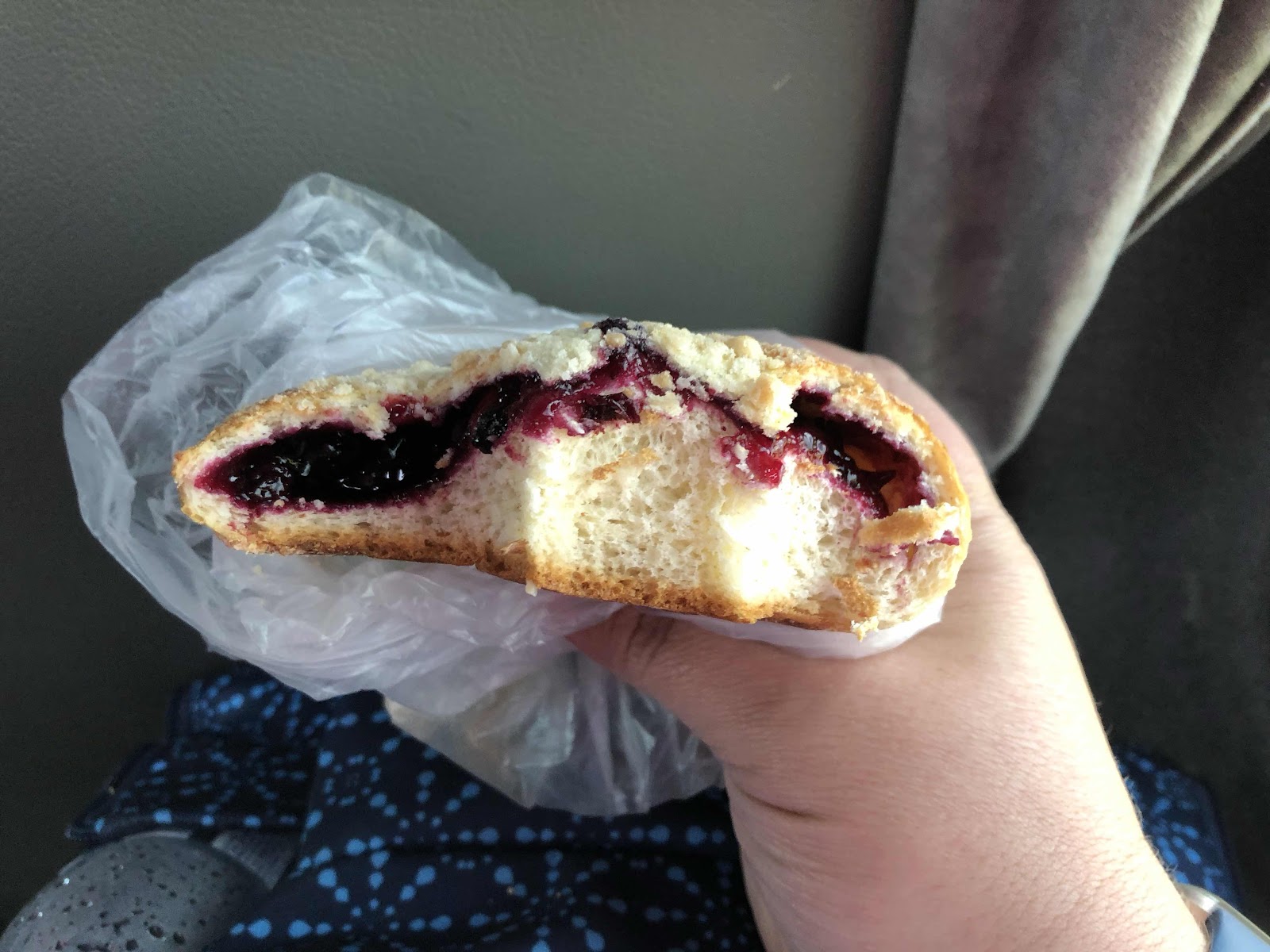

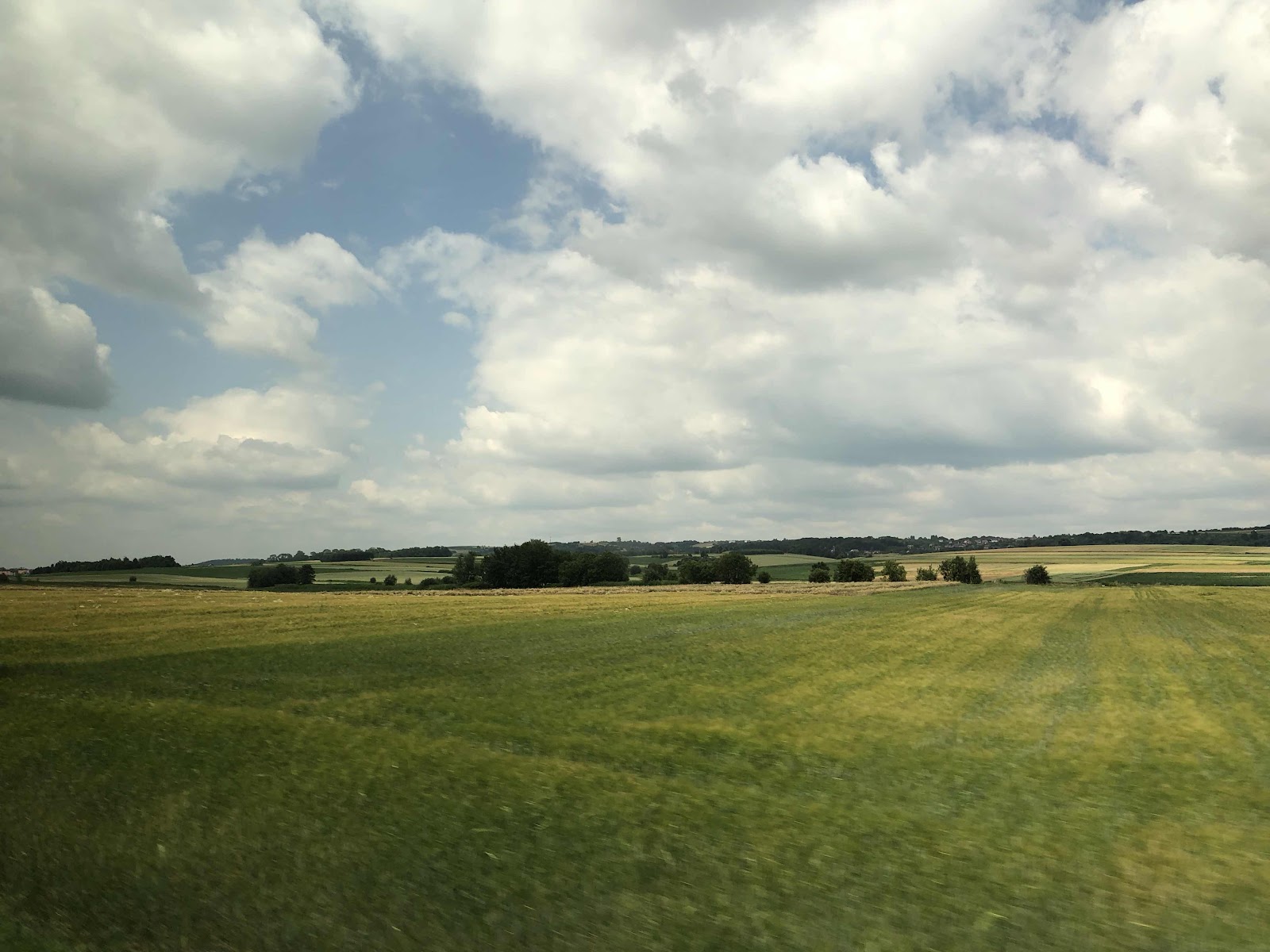
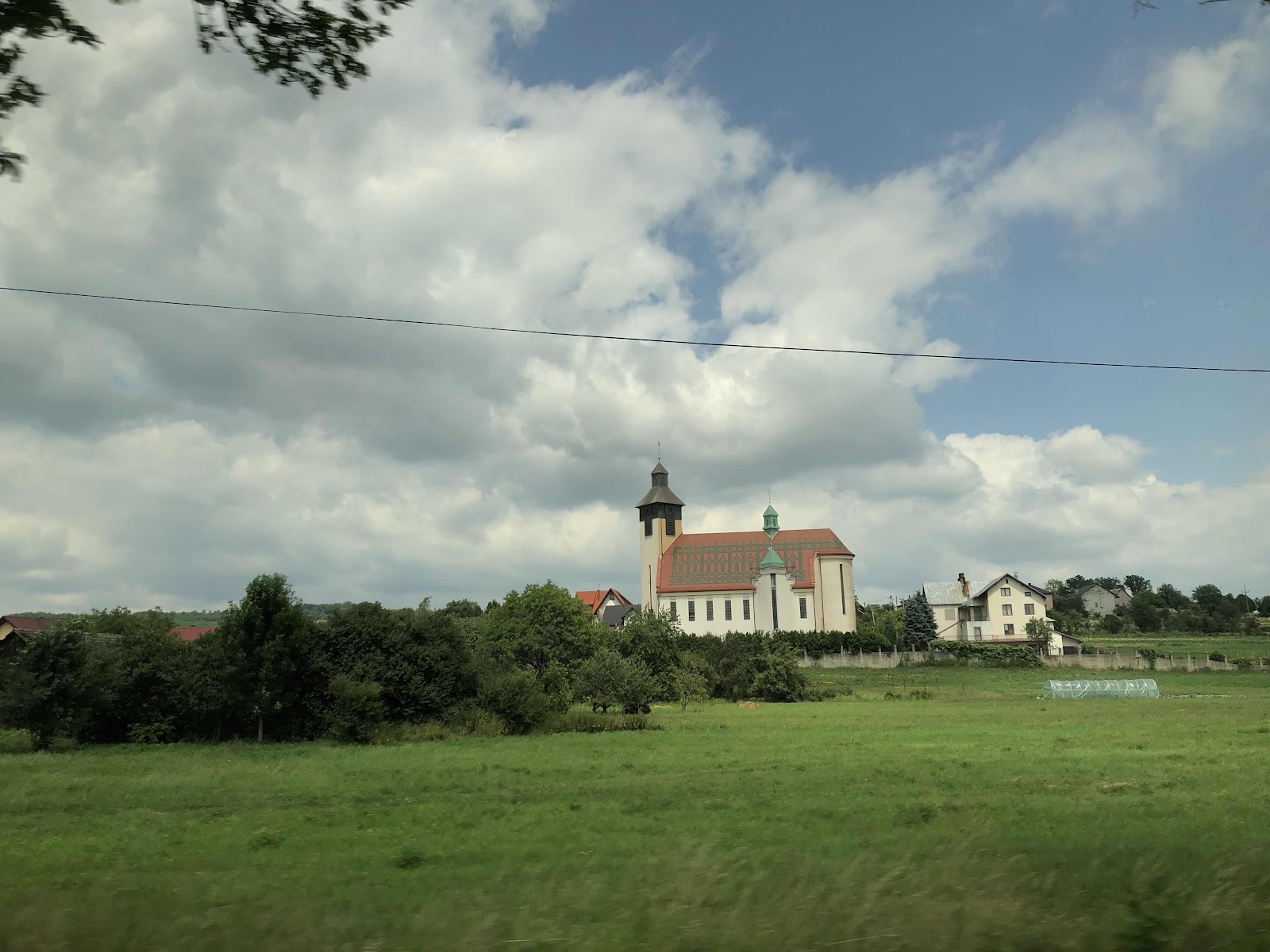

We pulled into the parking lot to join with another group for Auschwitz. We had a few minutes to go to the bathroom and buy some water to drink before we walked a few minutes to the entrance of Auschwitz (I).
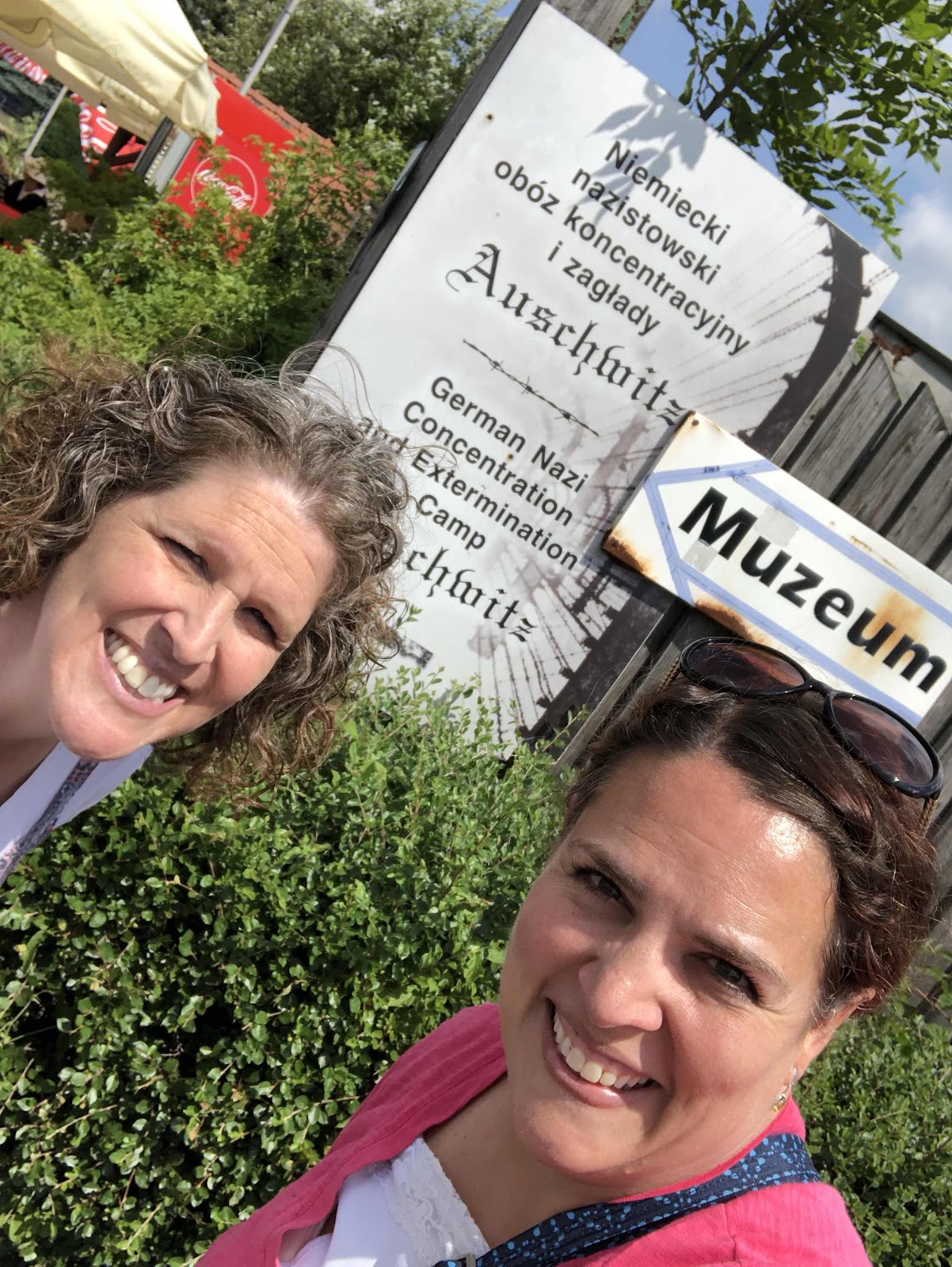
They call it a museum, which, in a sense, I guess it is. After going through a security screening, we picked up headphones and a little box on a lanyard to hook in our headphones so we could hear our guide’s (named Aga) commentary. As we waited for everyone to gather up their equipment, I had a minute to take in our surroundings.
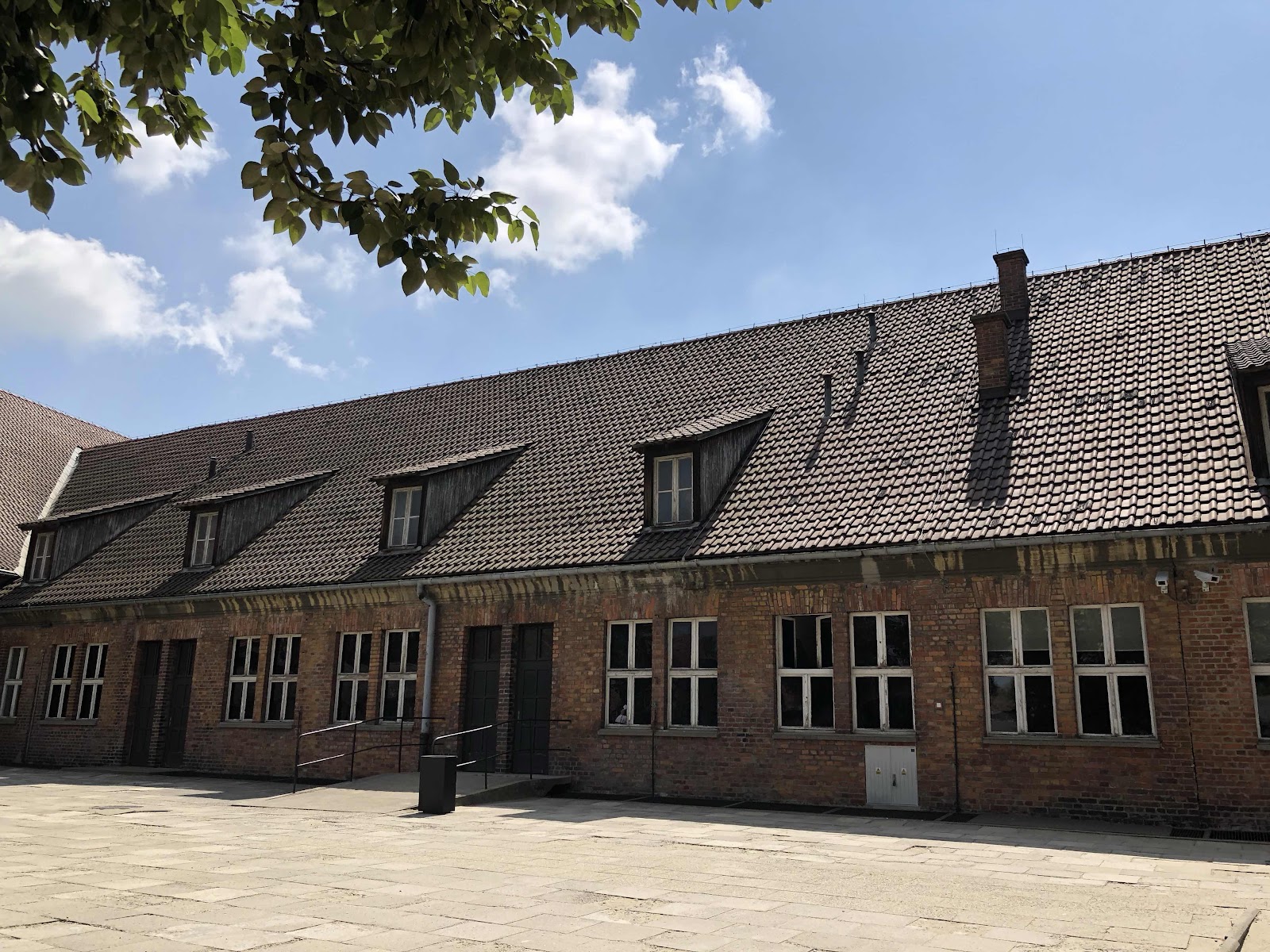
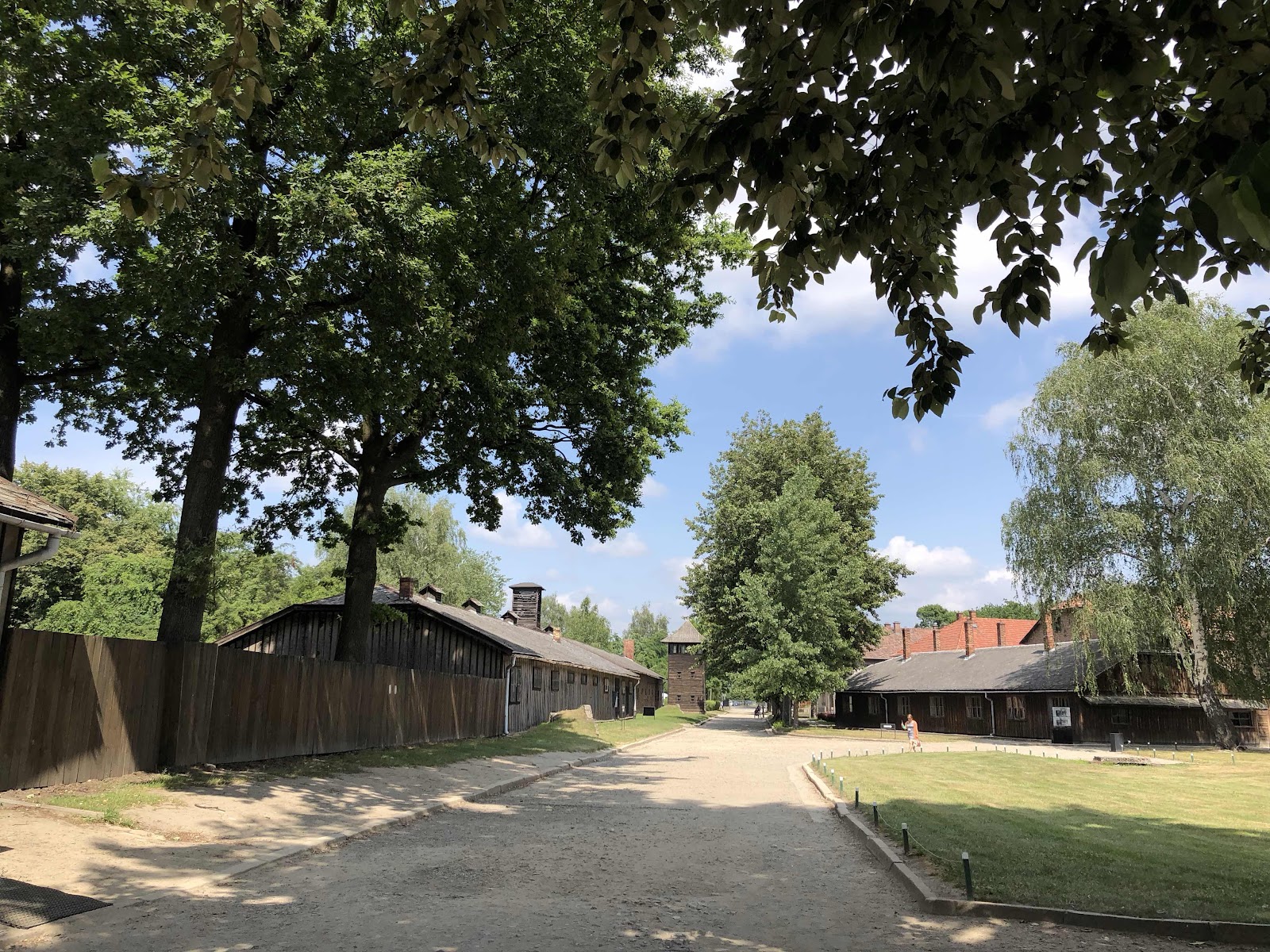


The tears started to flow as soon as we came to the main gate. If you haven’t had the experience of visiting a concentration camp, there is almost a tangible feeling when you enter. It kind of feels like the air sucks you in, pleading for you to listen to and learn from everything. More importantly: to not let the victims, or their stories be forgotten.
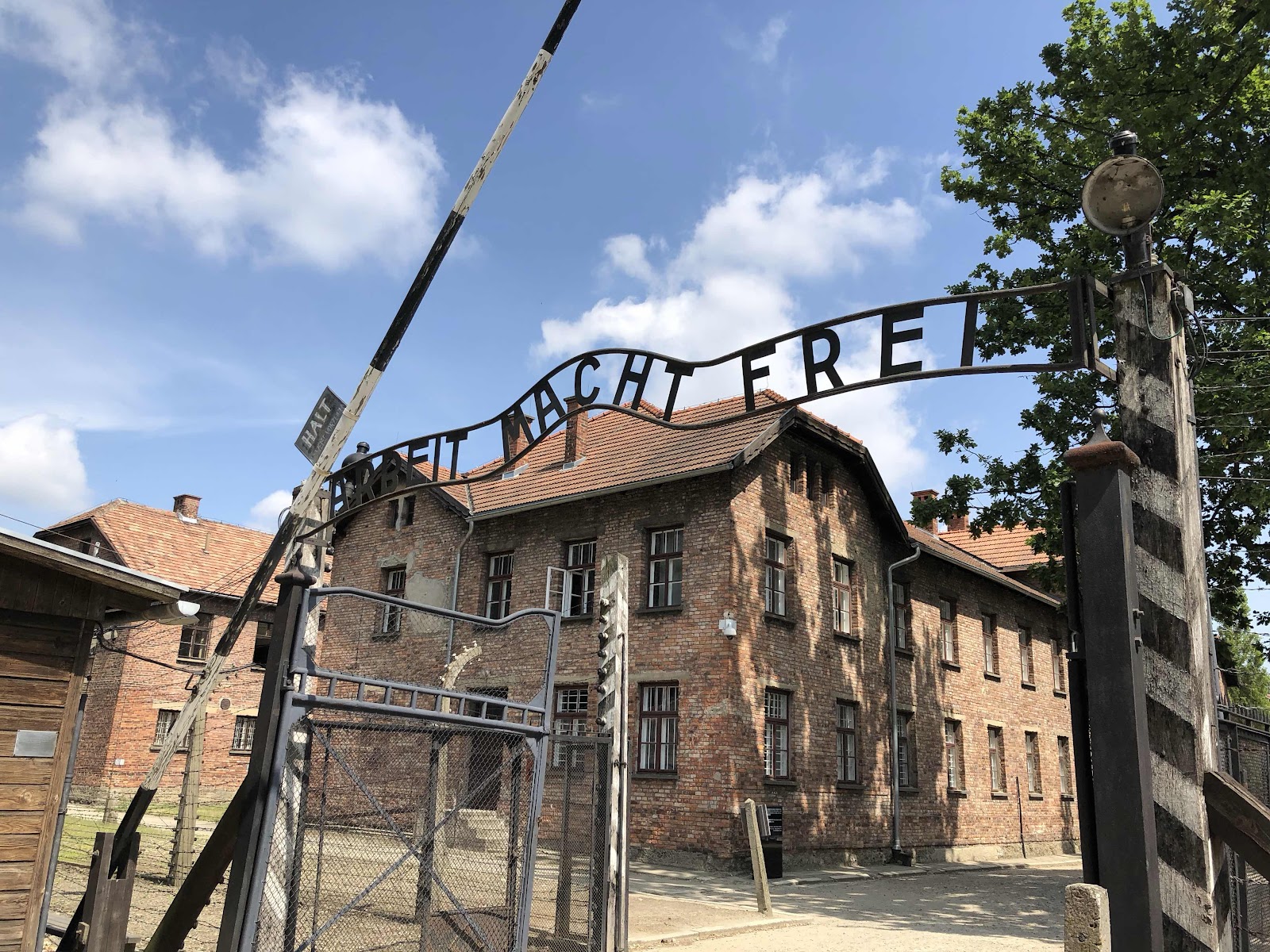

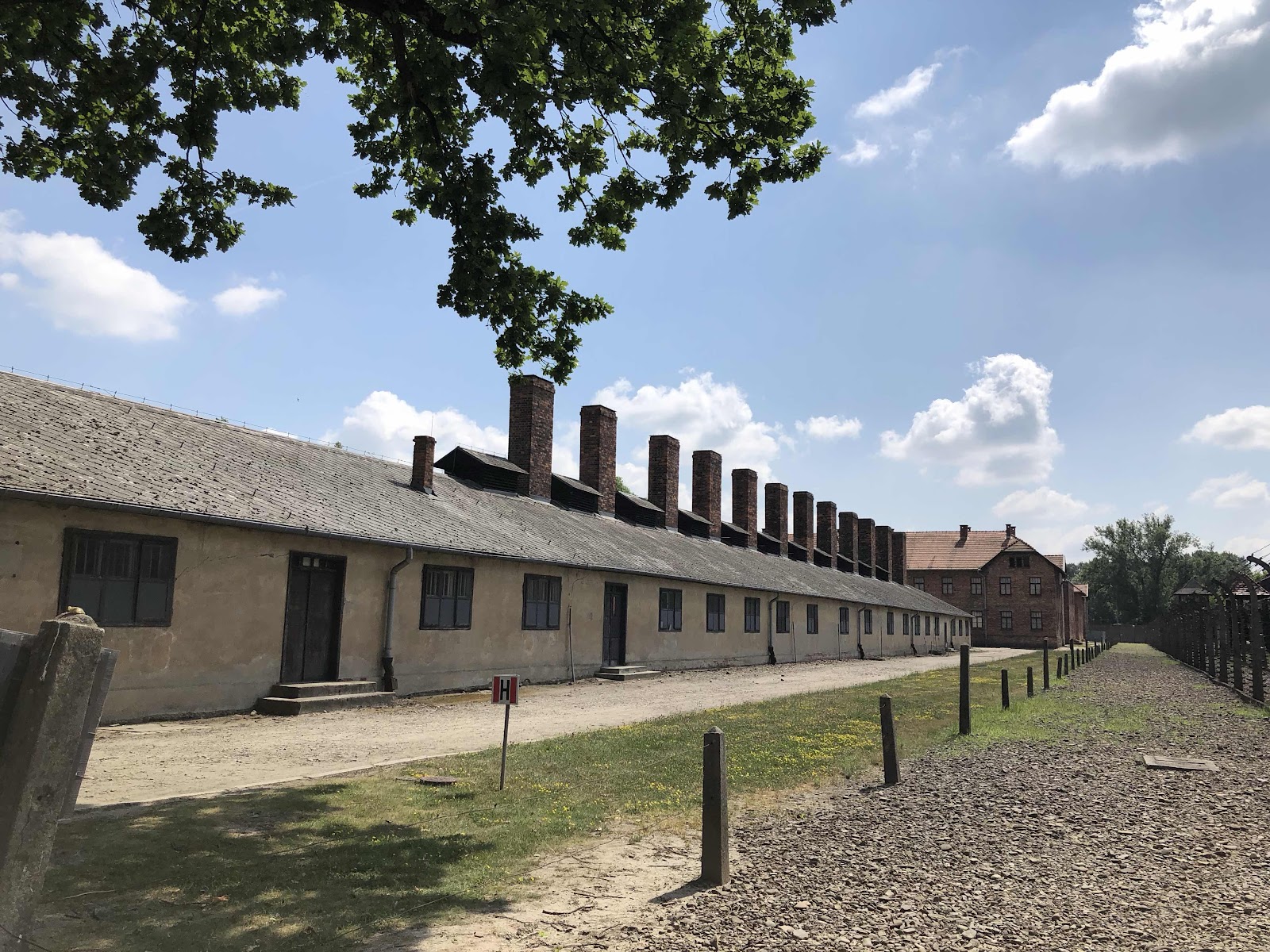




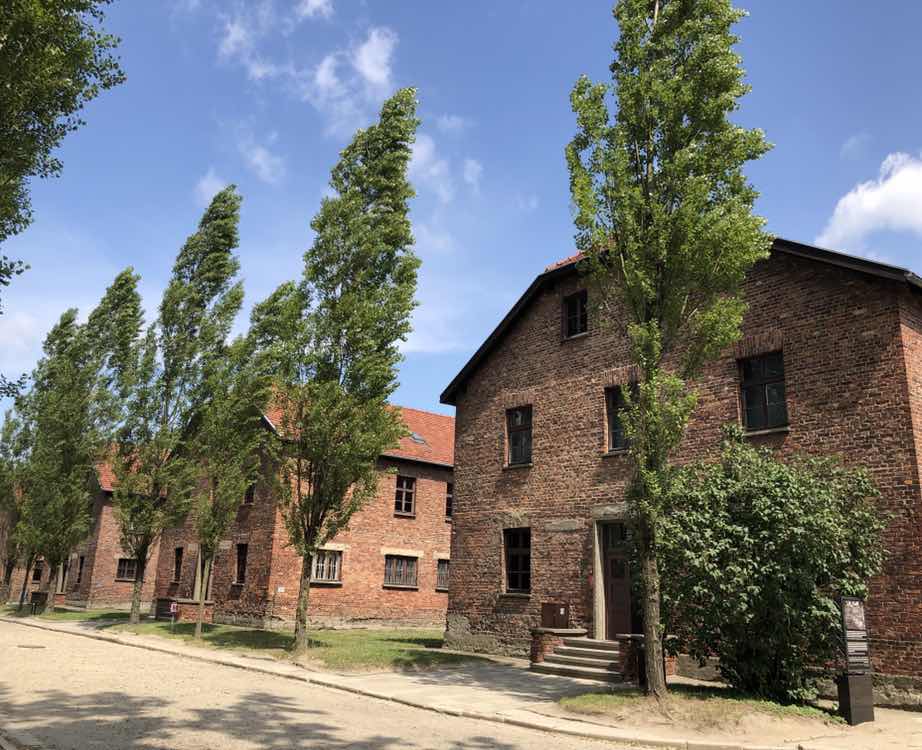


Big trees lined the roadways making it kind of a serene setting. We made our way through a handful of the buildings, that have museum-like displays explaining what it was like for the victims. I stopped trying to keep the tears from falling after listening to their stories and learning about their living (and dying) conditions.
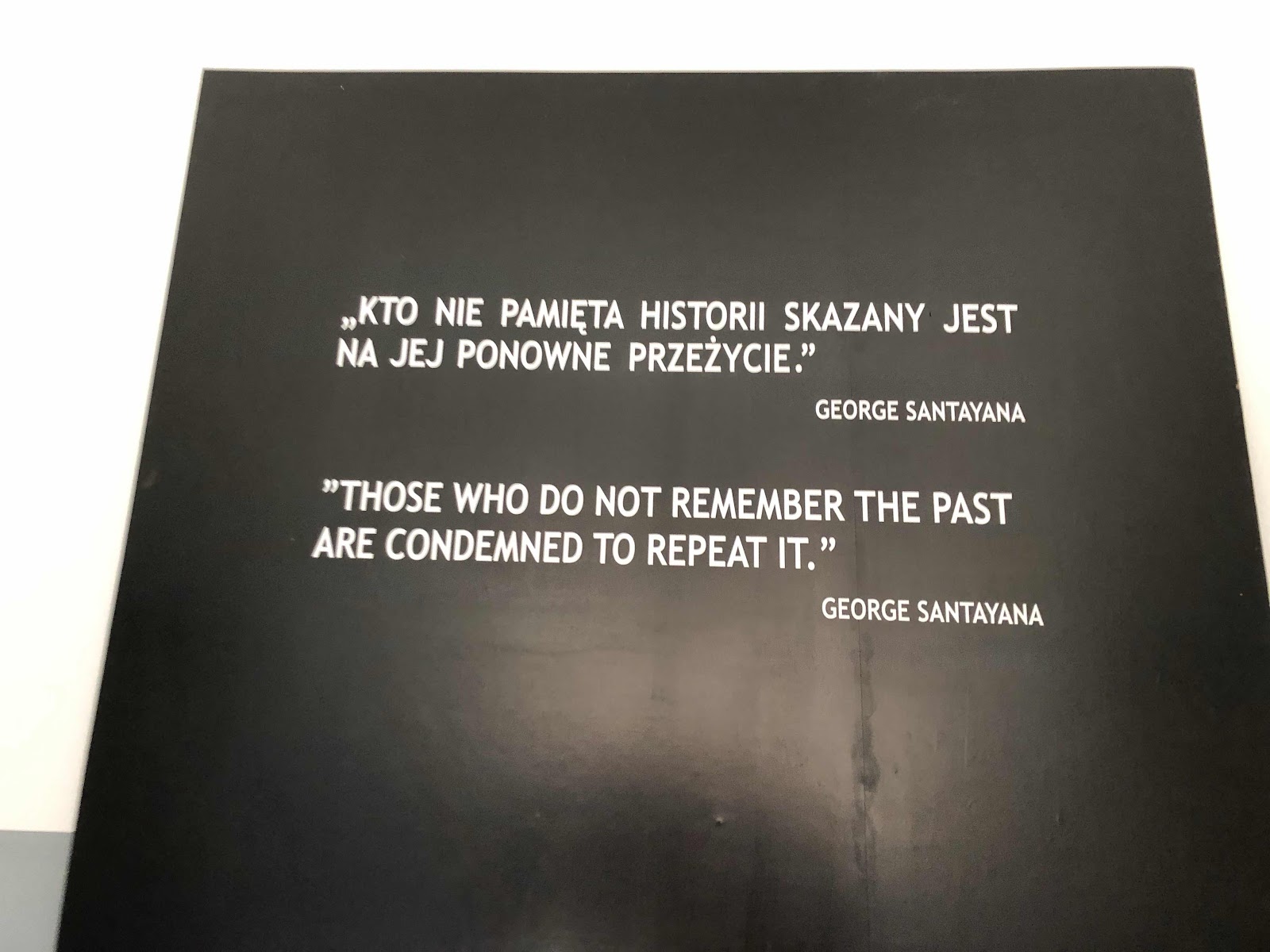


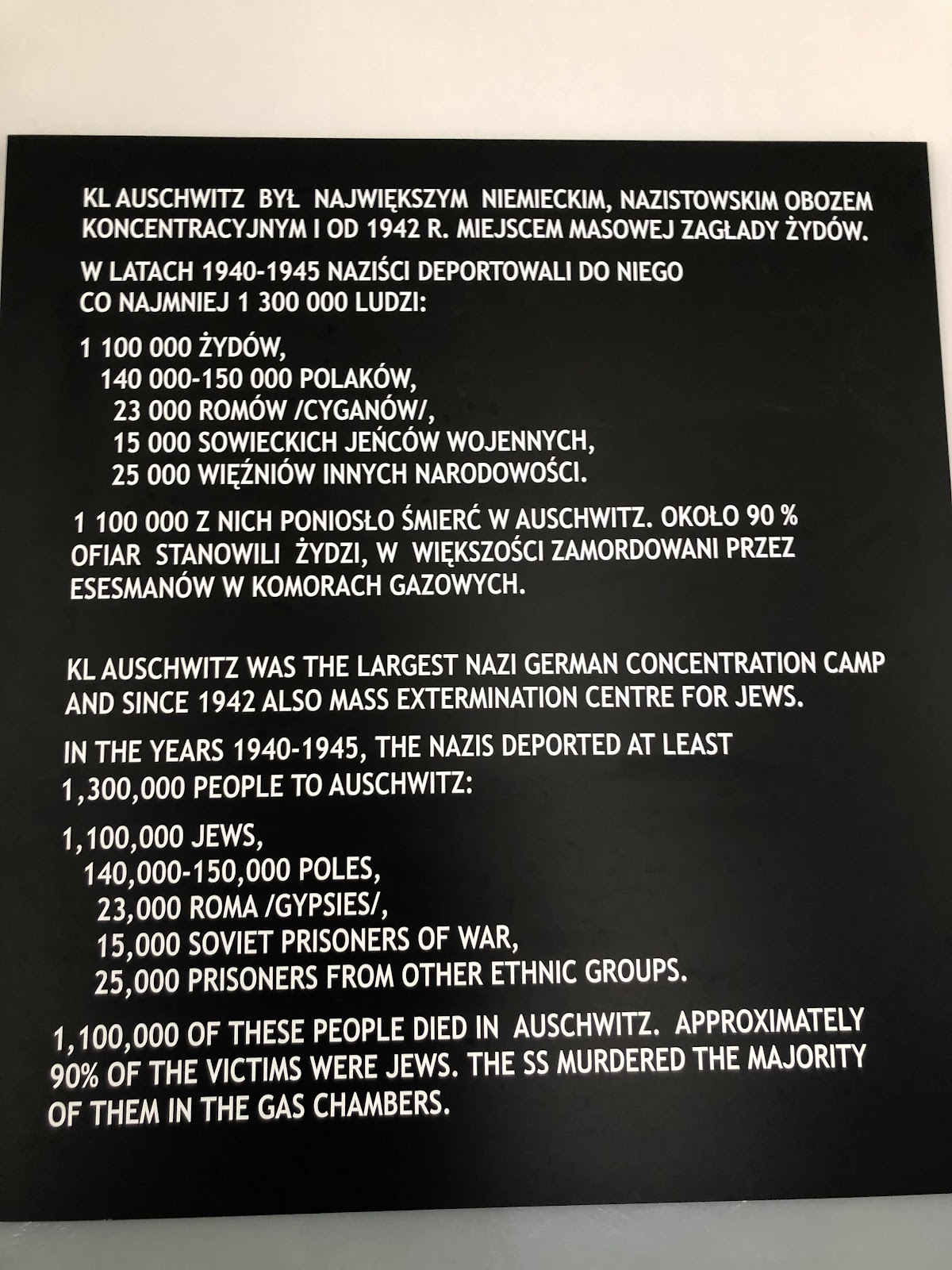

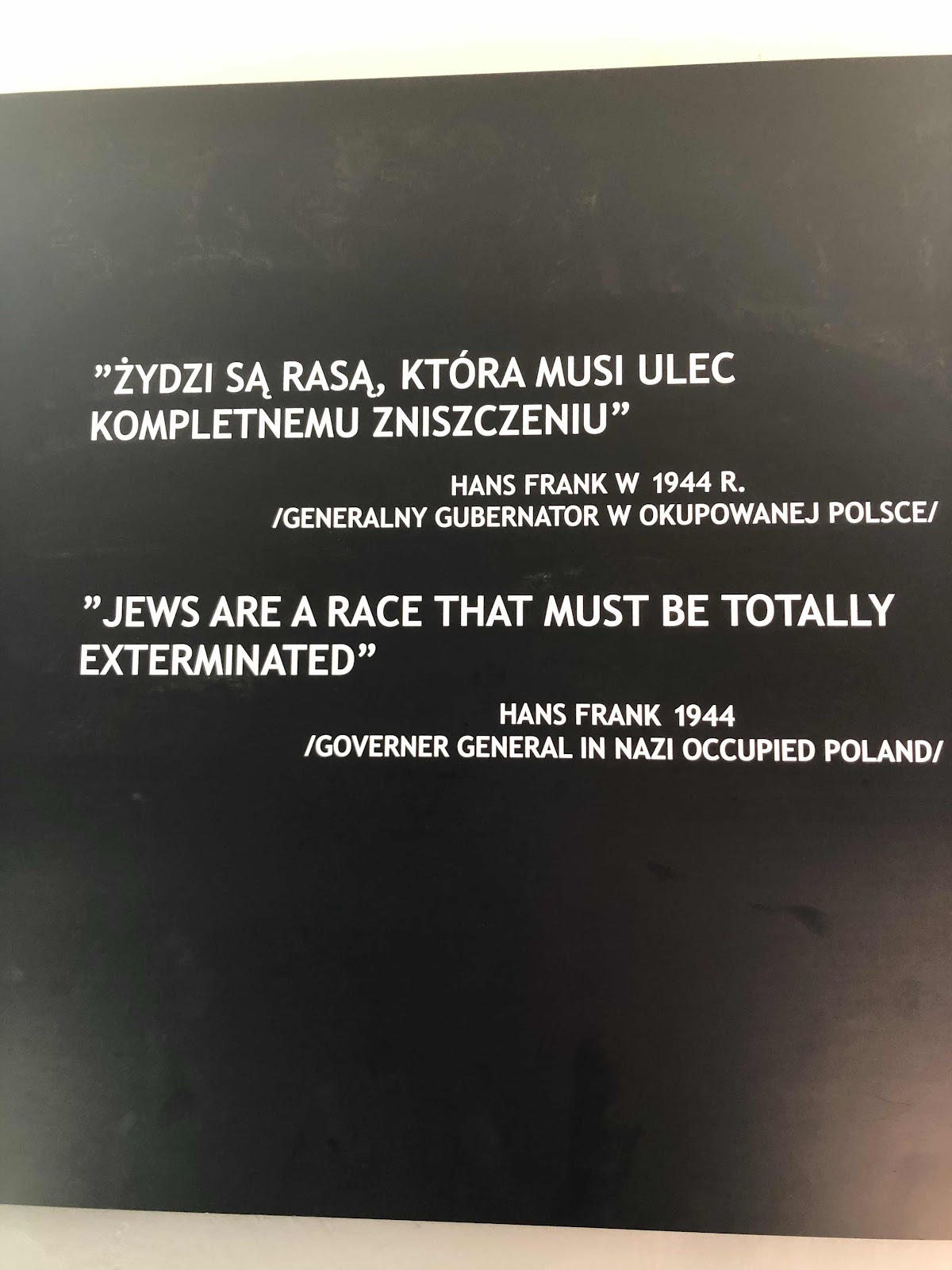


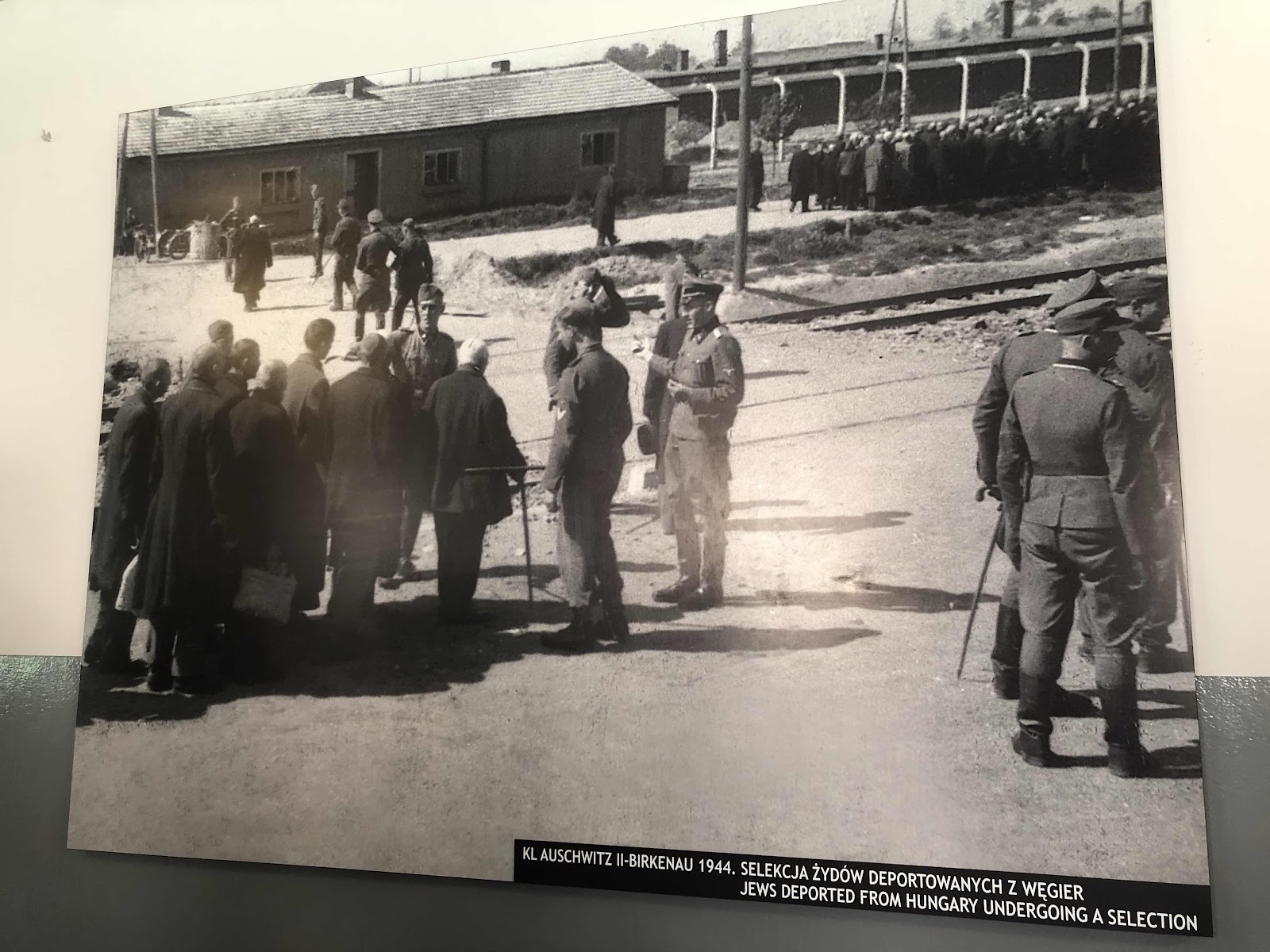

Everything about Auschwitz feels heavy. Usually when I experience such strong emotions, I look to nature to take a picture and help me reset for a minute. Inside the building, that wasn’t an option.

Learning about the details of the gas used in the creamatoriums made me feel sick. Every chance I had, I looked out the window at the blue sky to try and reset so I could learn more about all of their experiences.

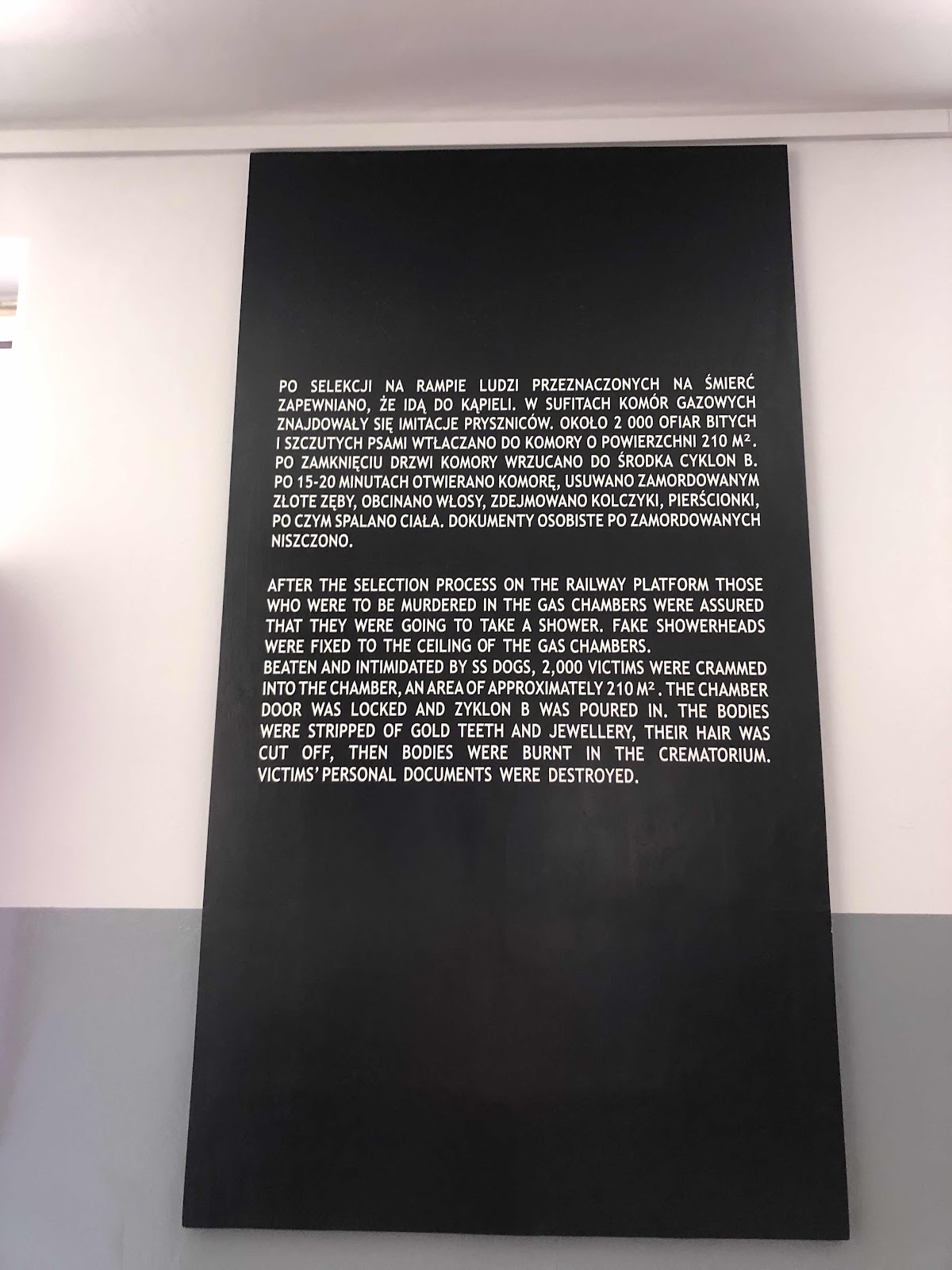






There were rooms full of items collected from the victims as they came in to the camps.


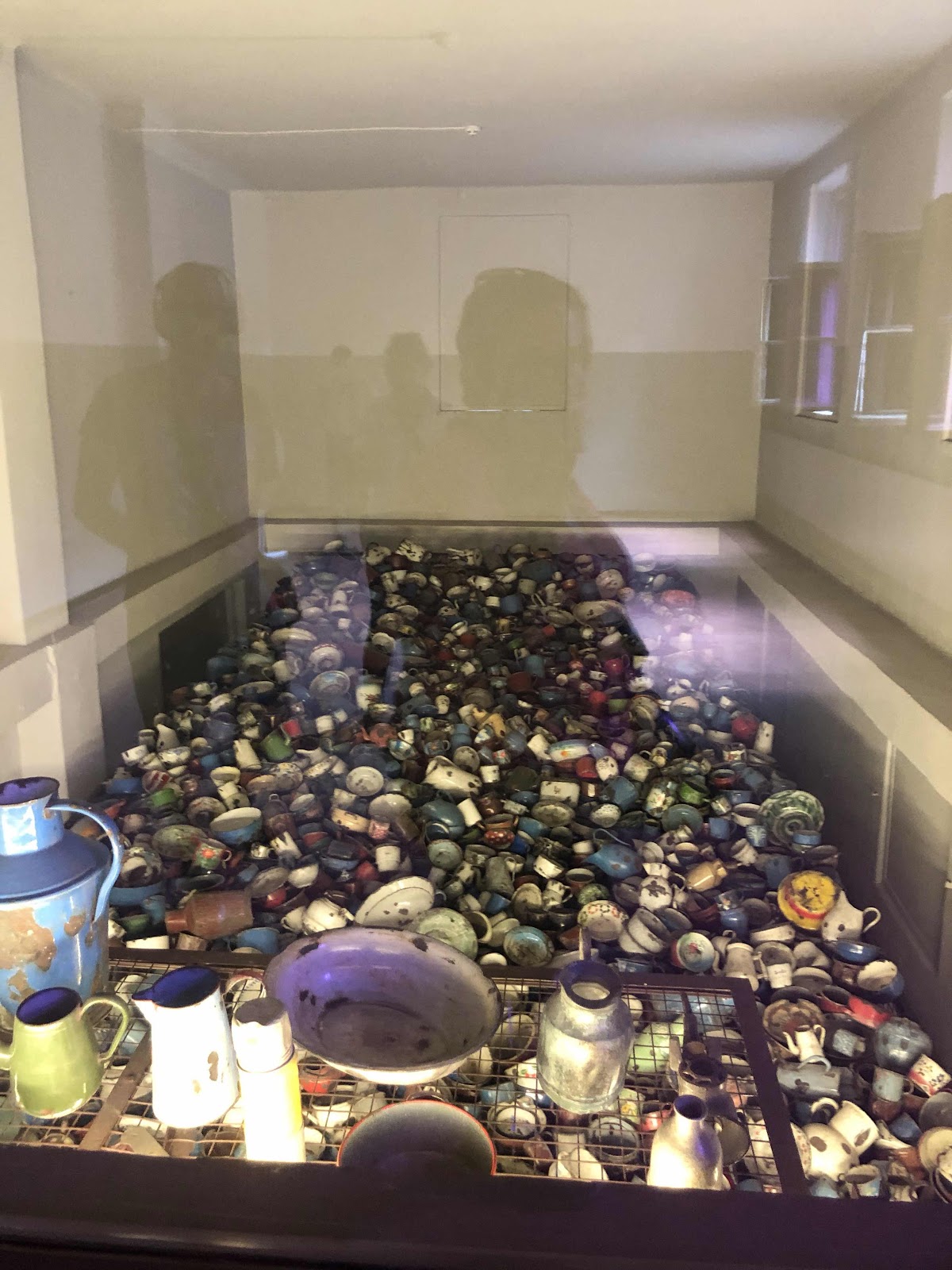

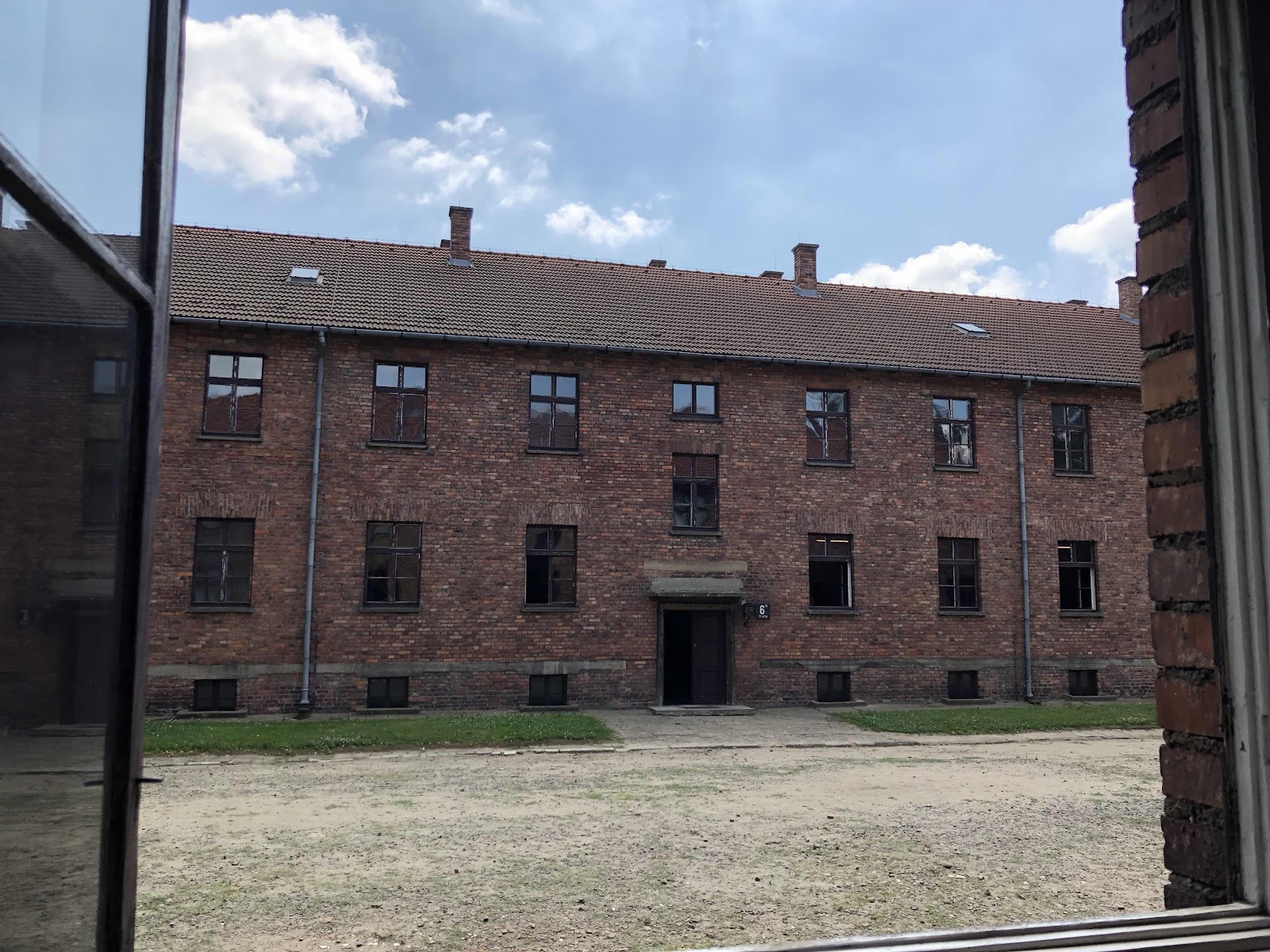
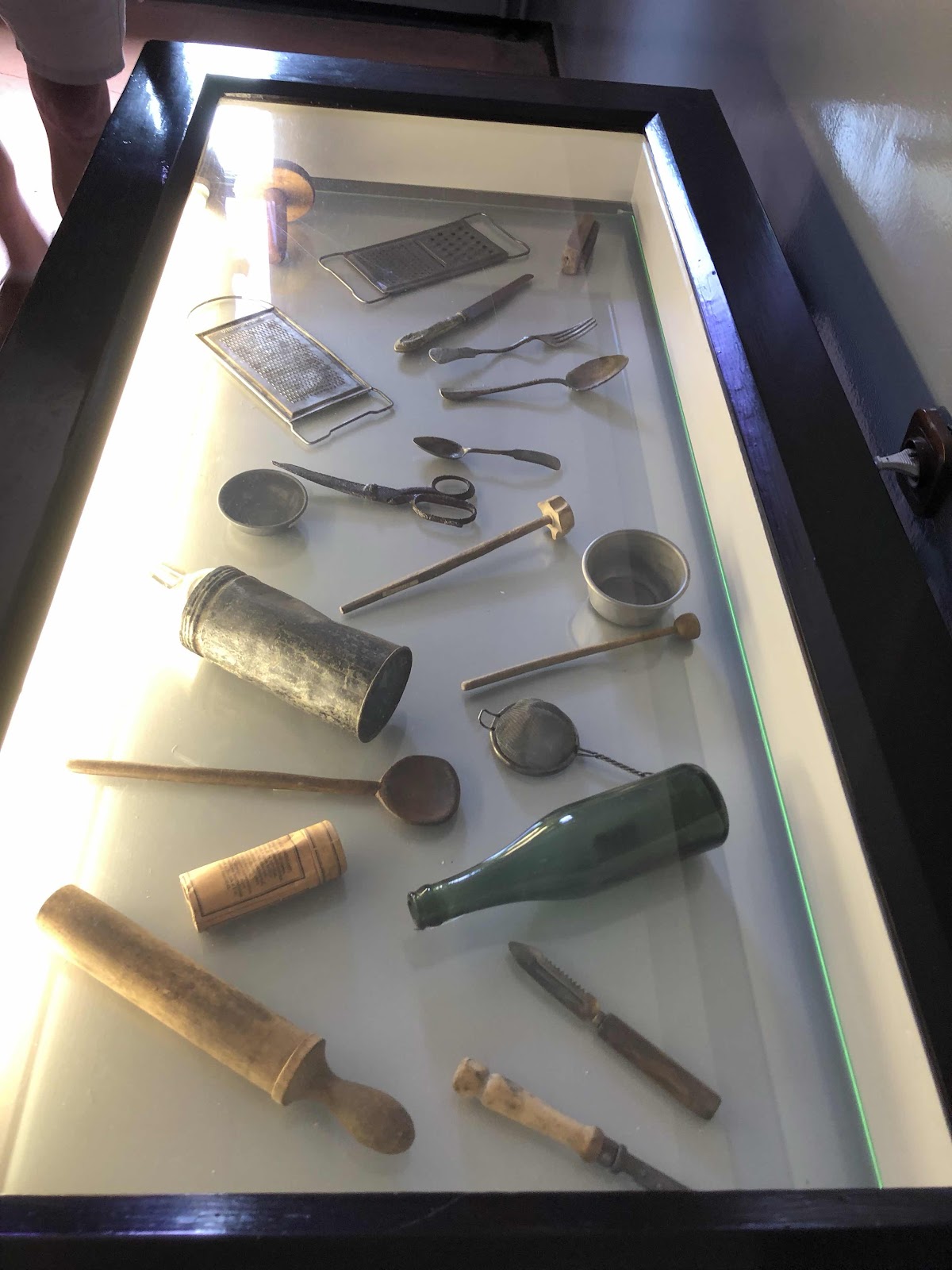

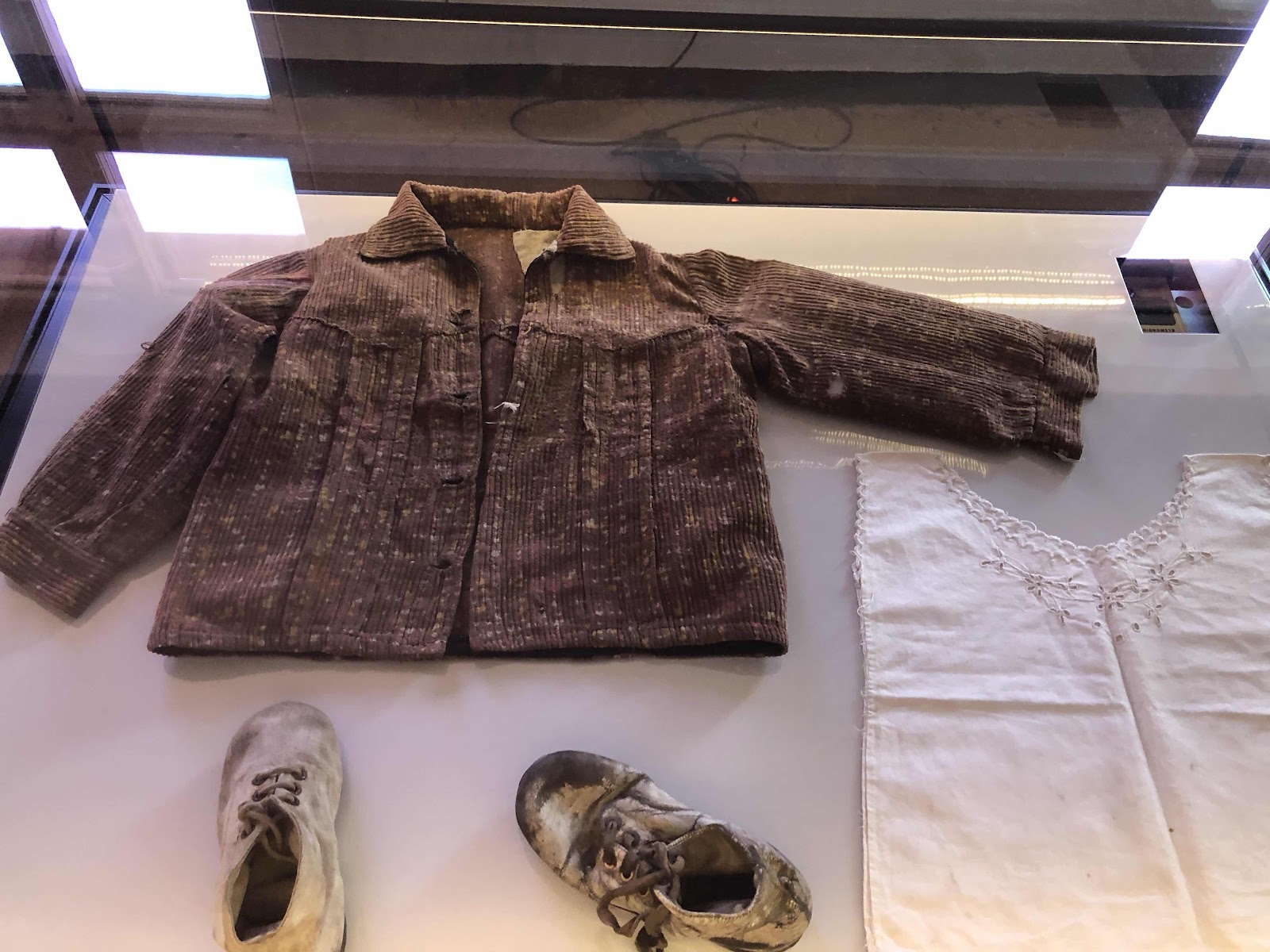


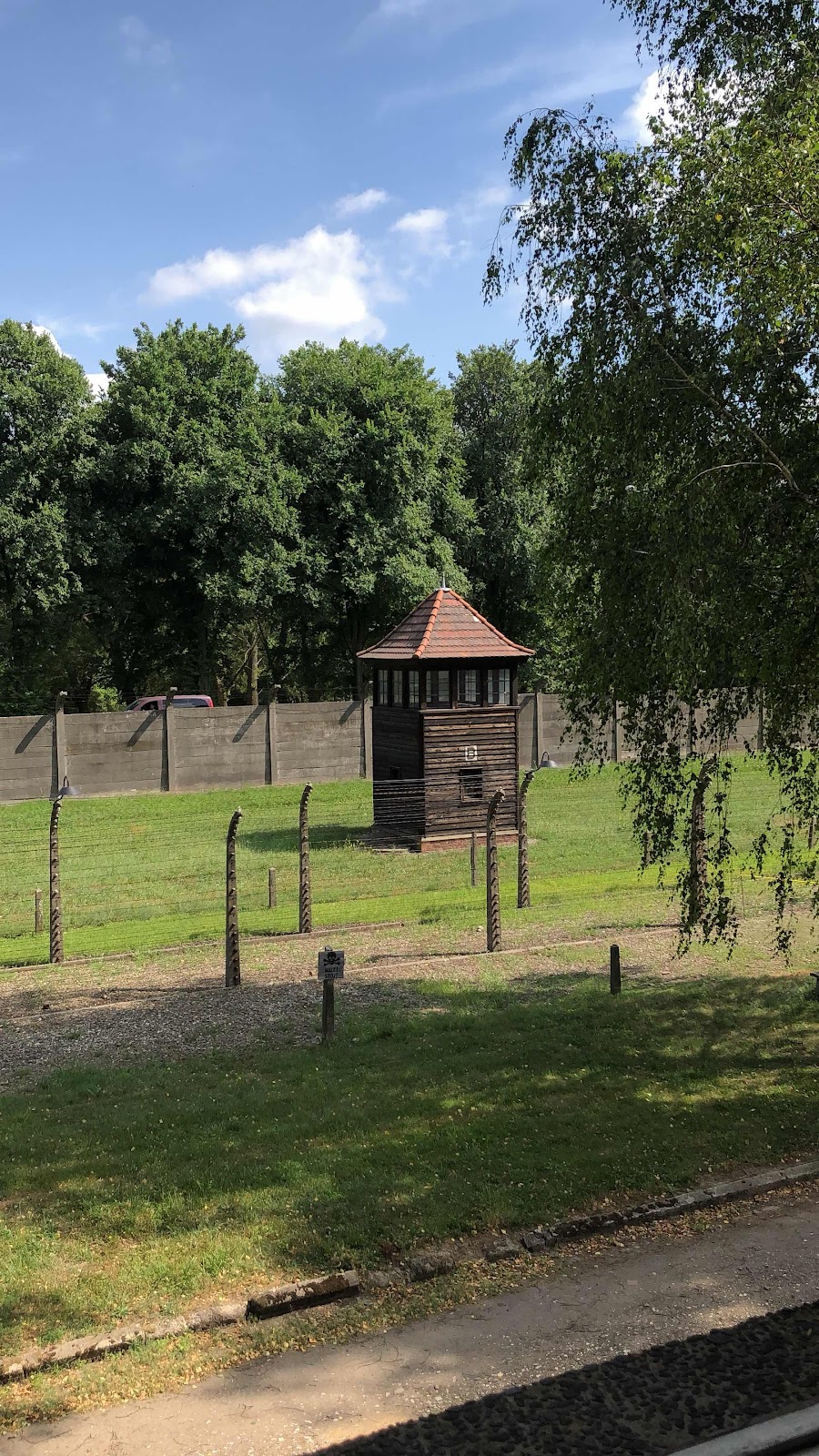
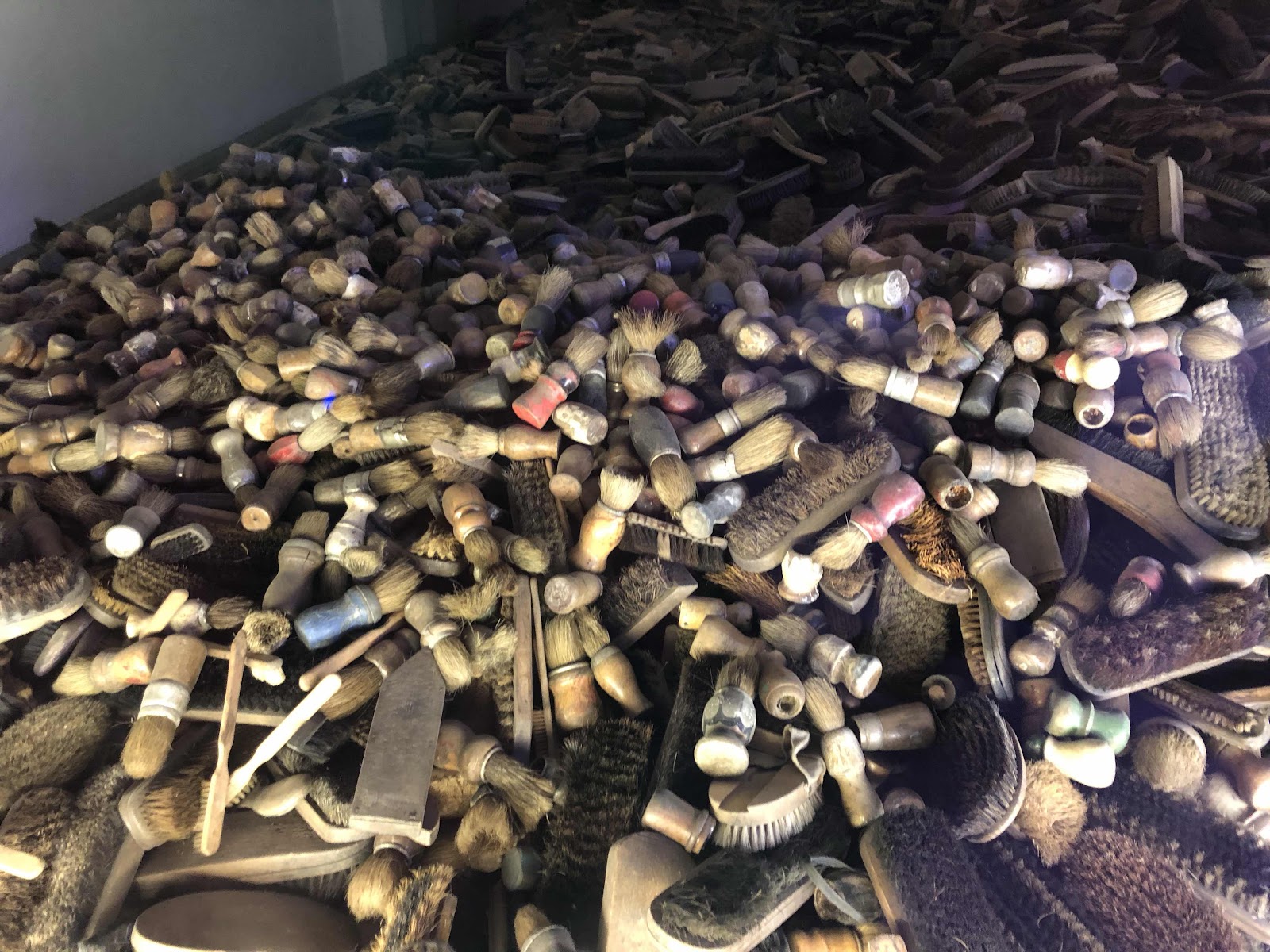

On our way out of this block, we saw a large group of Jewish Israeli teenage boys with their yarmulke and Israeli flags worn like capes. It brought fresh tears knowing the next generations have not forgotten.
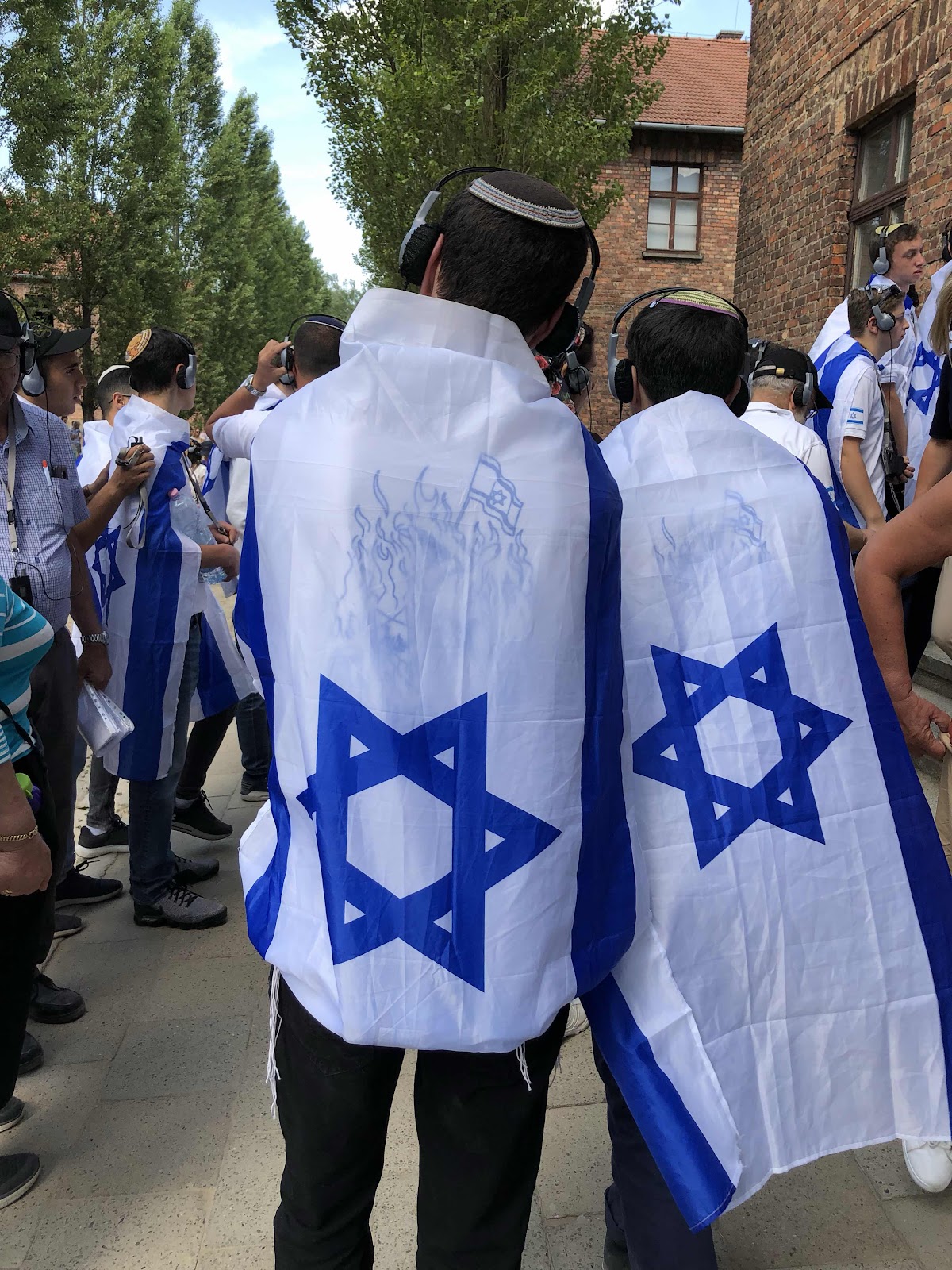
We continued on the tour learning all about the atrocities that happened at this camp, and how they switched to tattooing, instead of taking pictures of the prisoners, due to the large volume of prisoners.



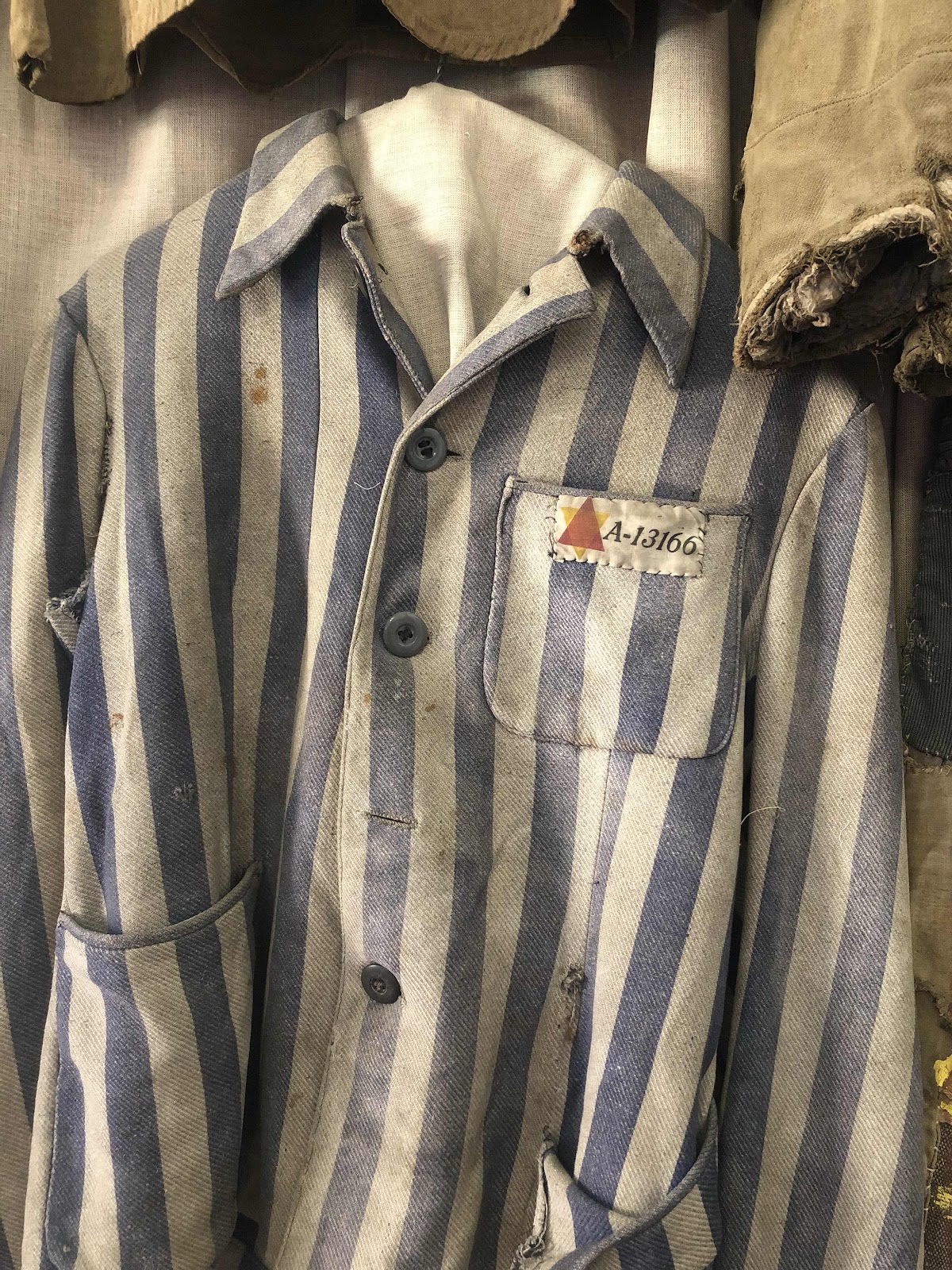

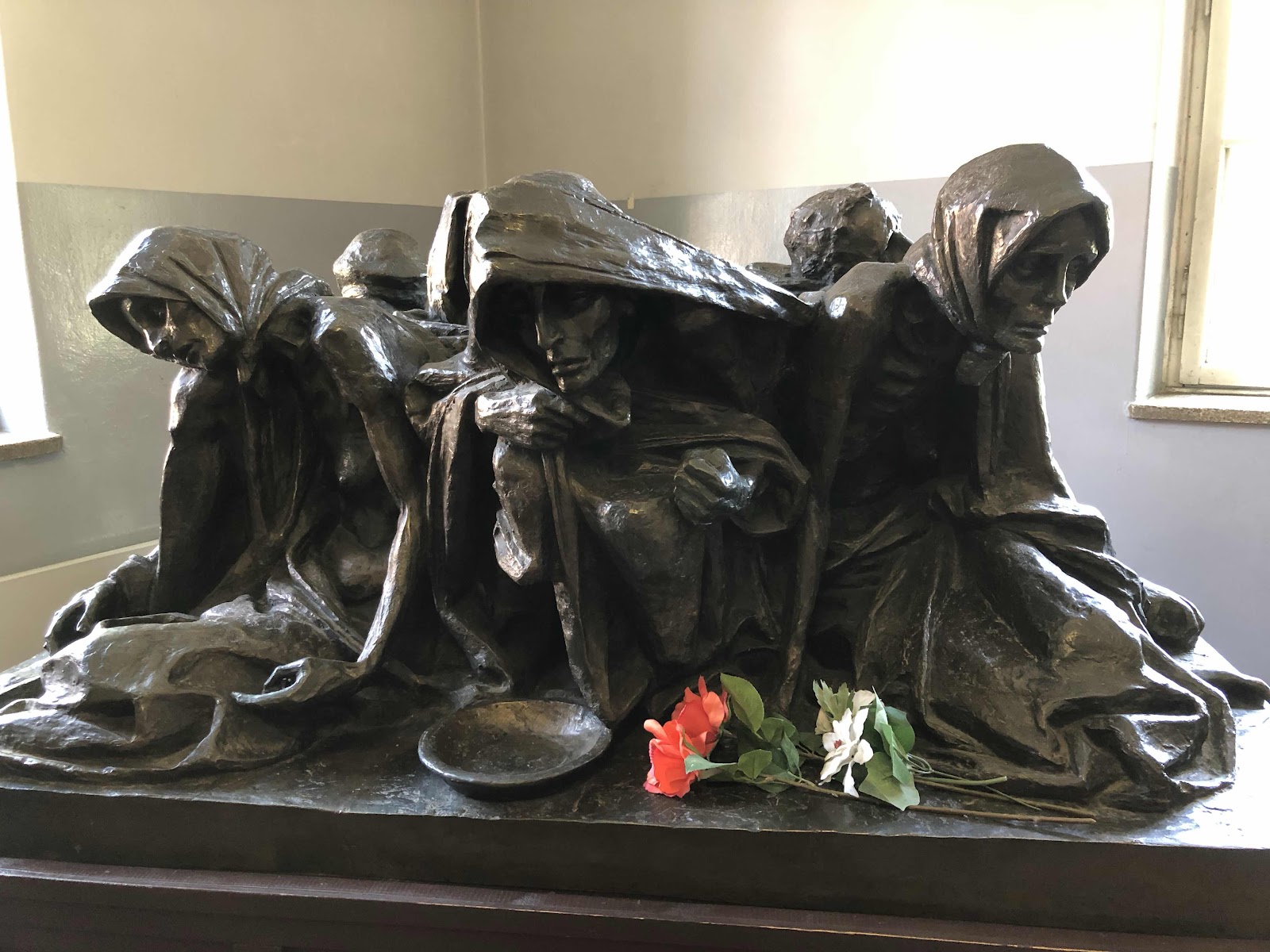

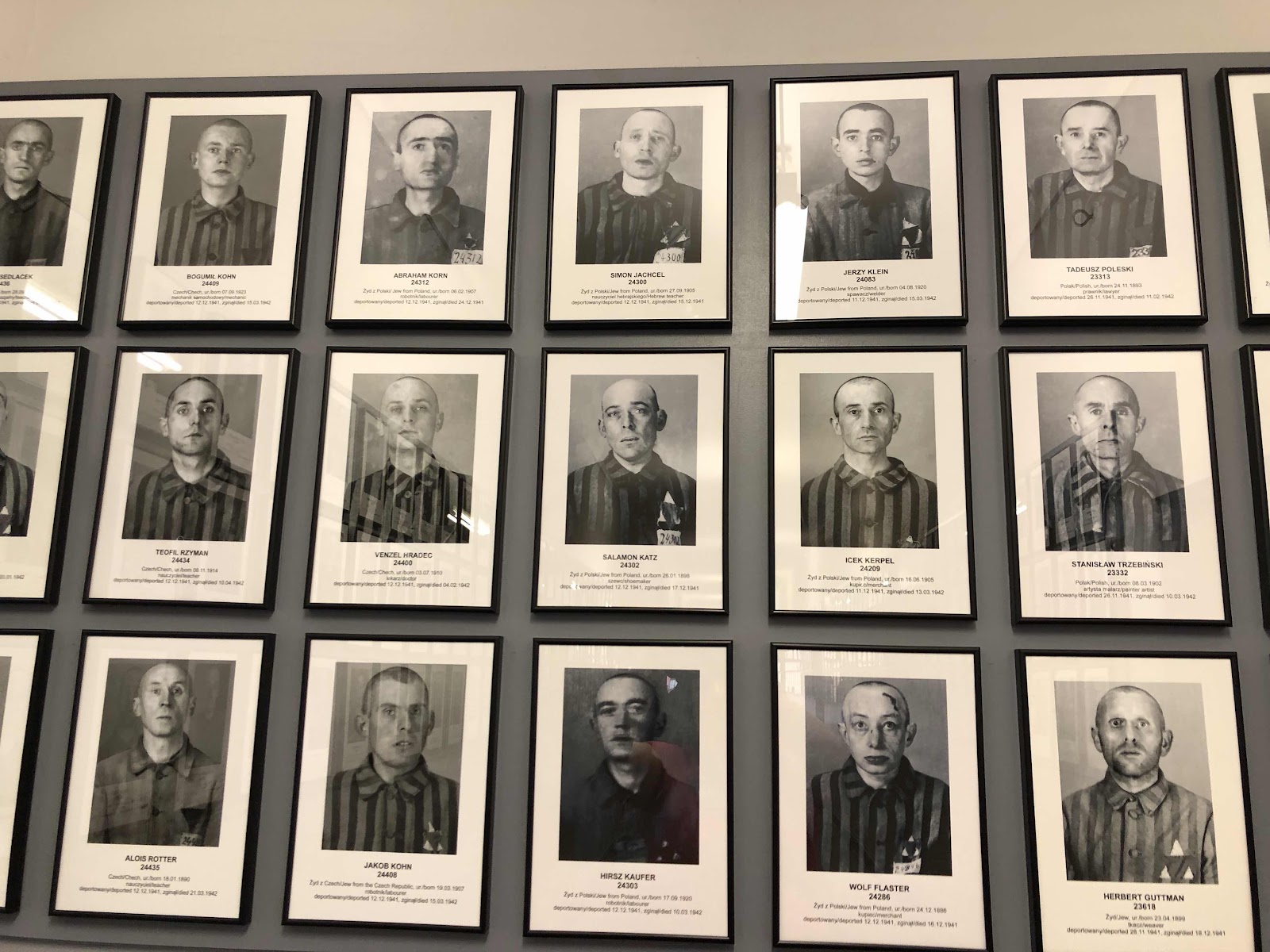
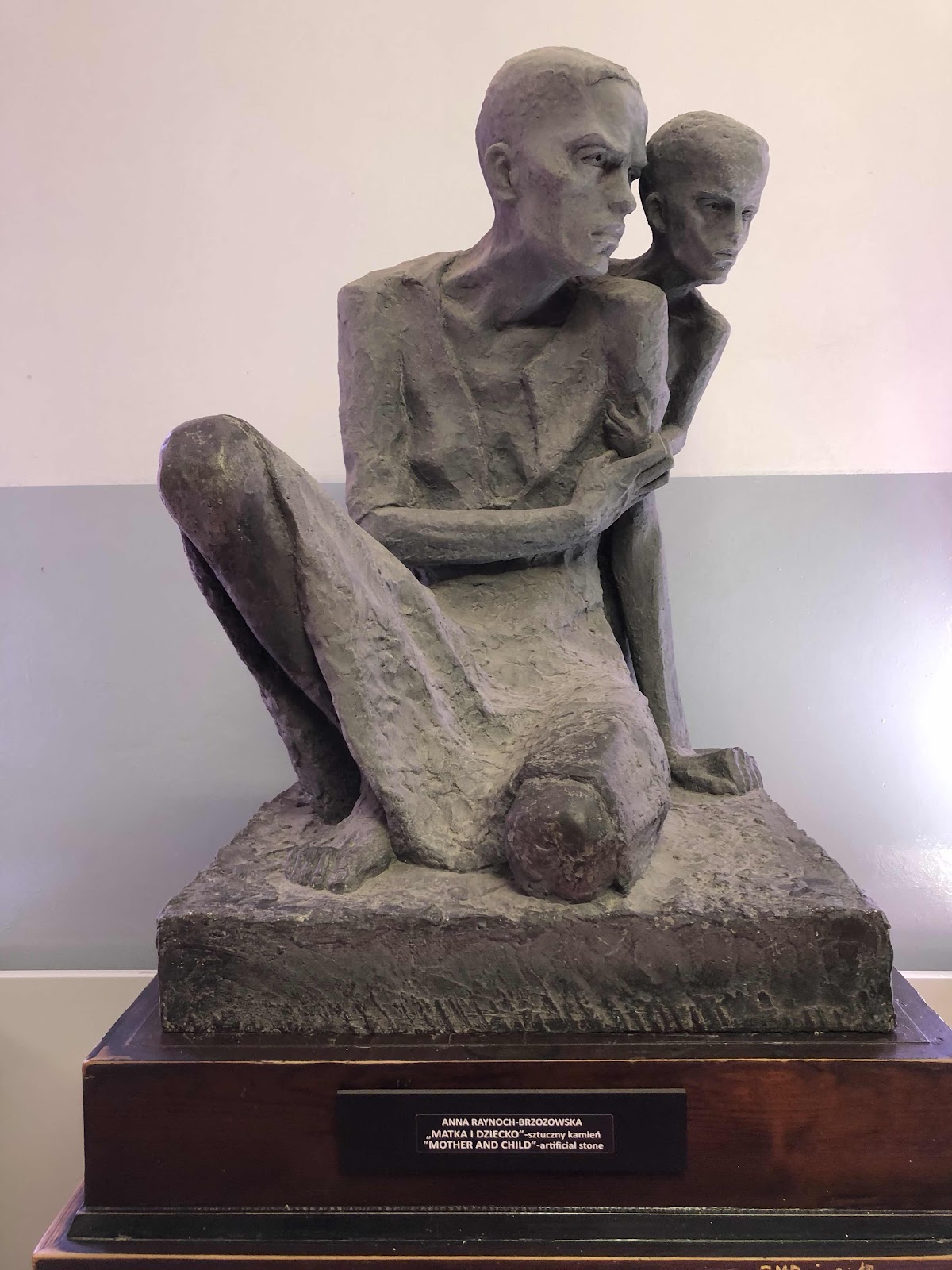
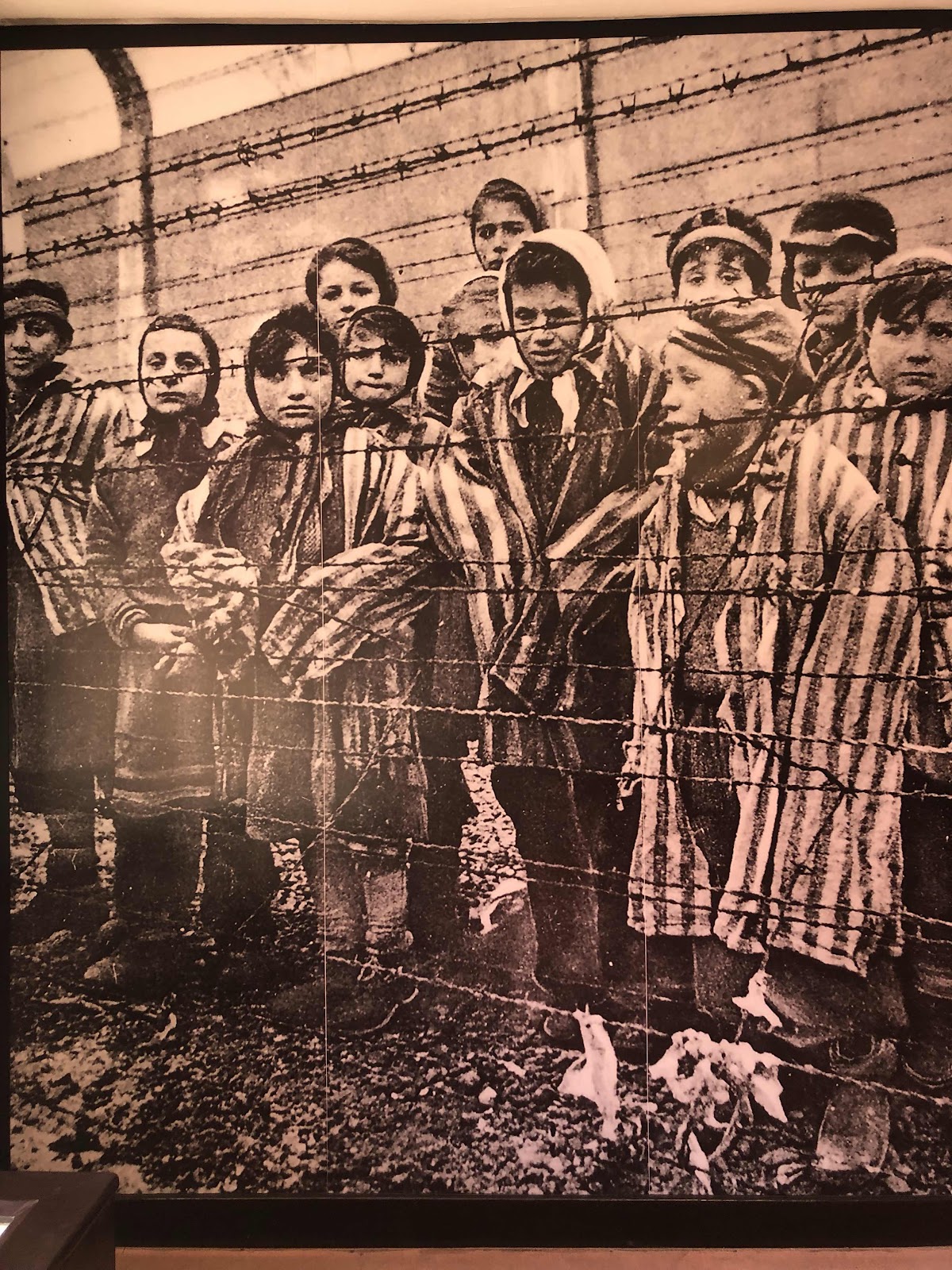
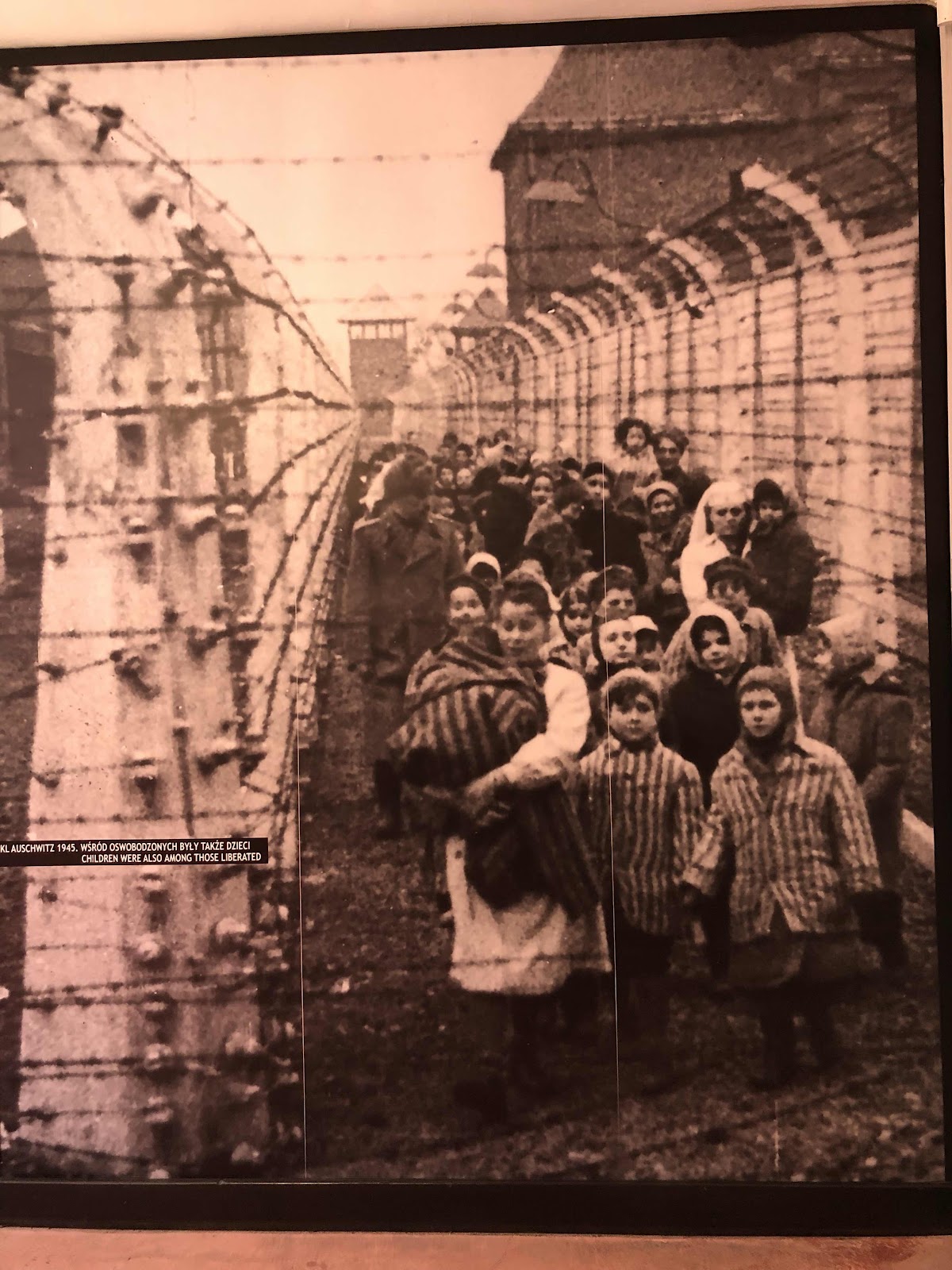
We continued on the tour to Block 11, where thousands of victims were shot in the courtyard between Blocks 10 and 11.

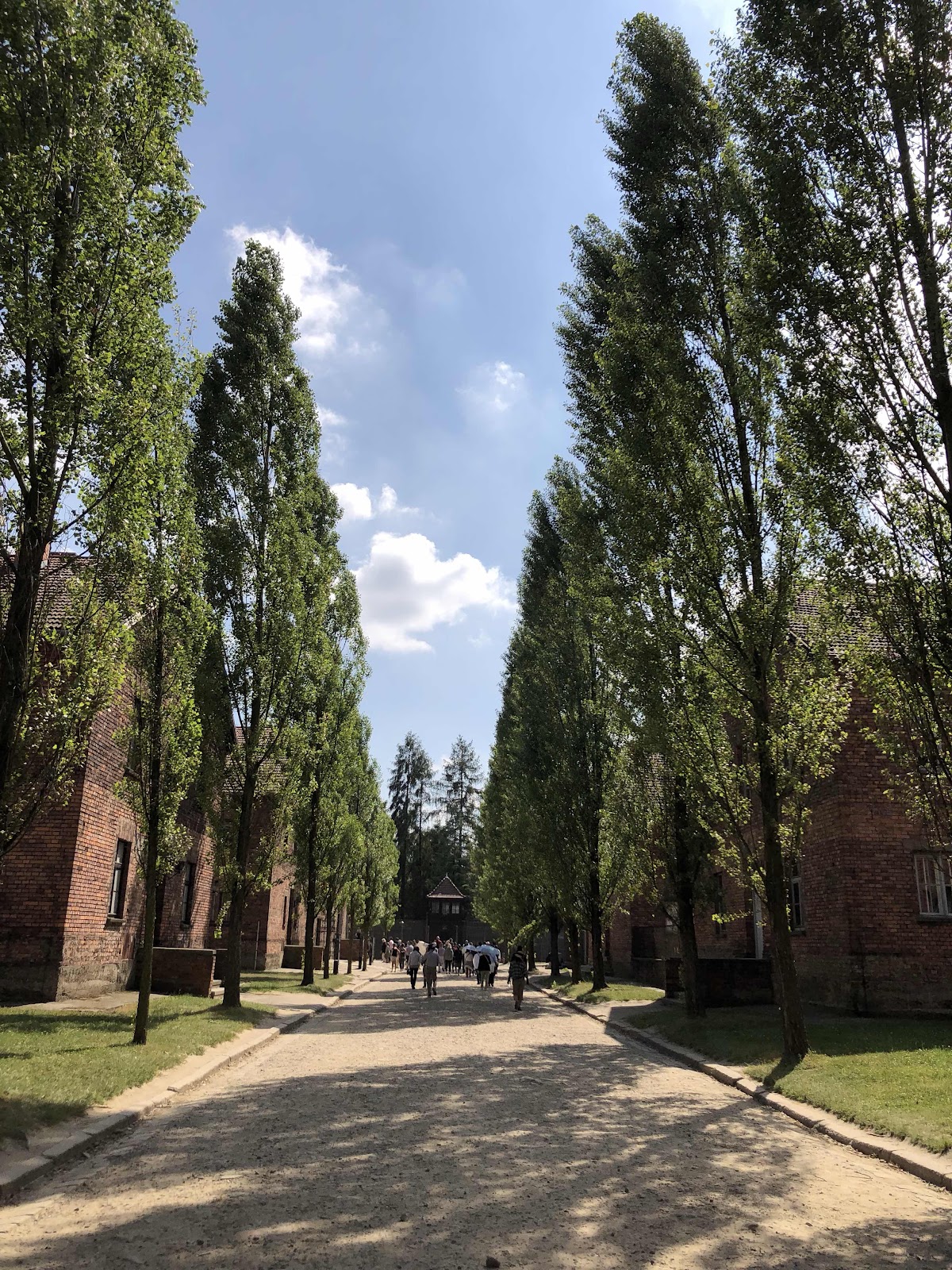

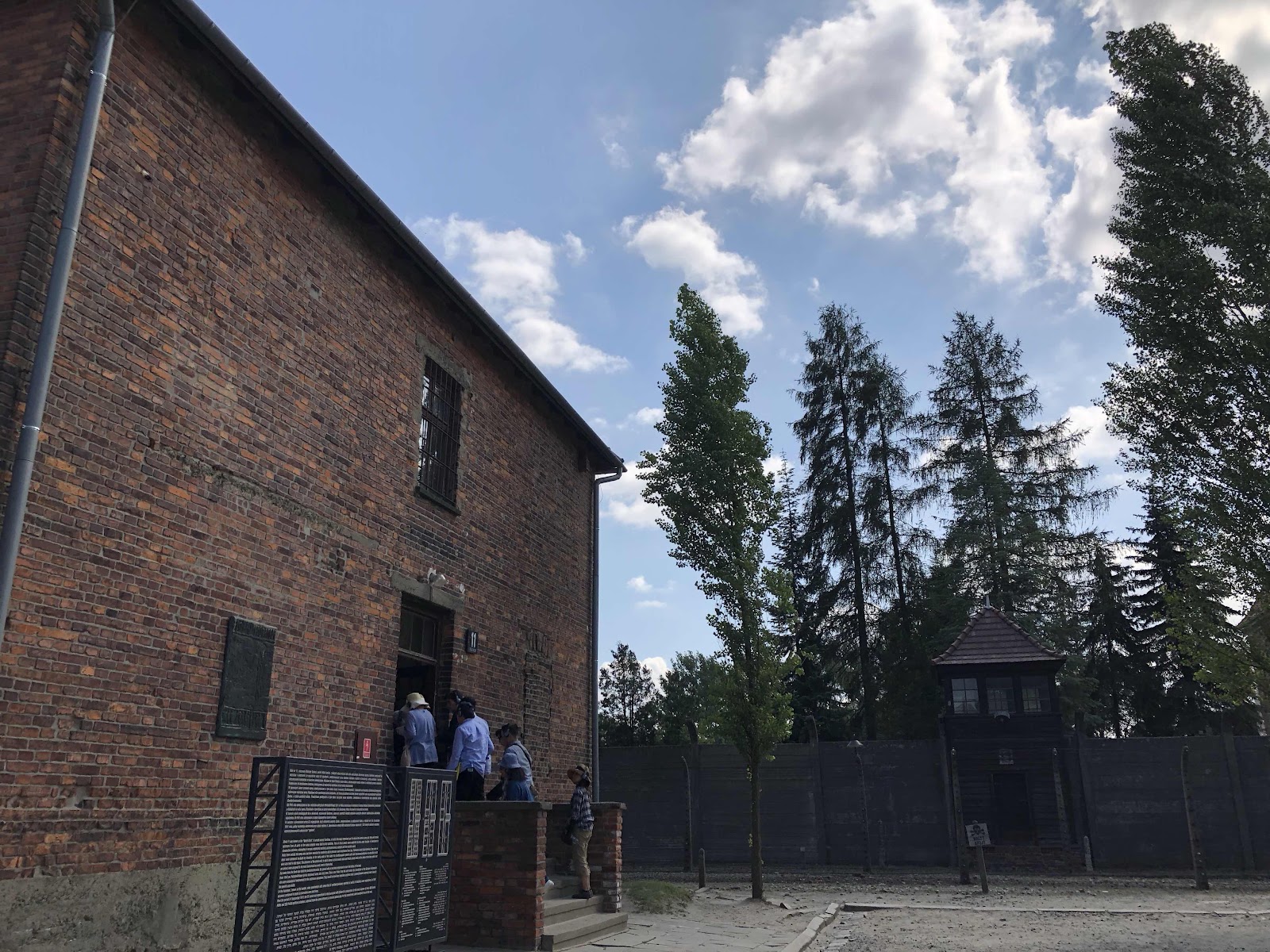


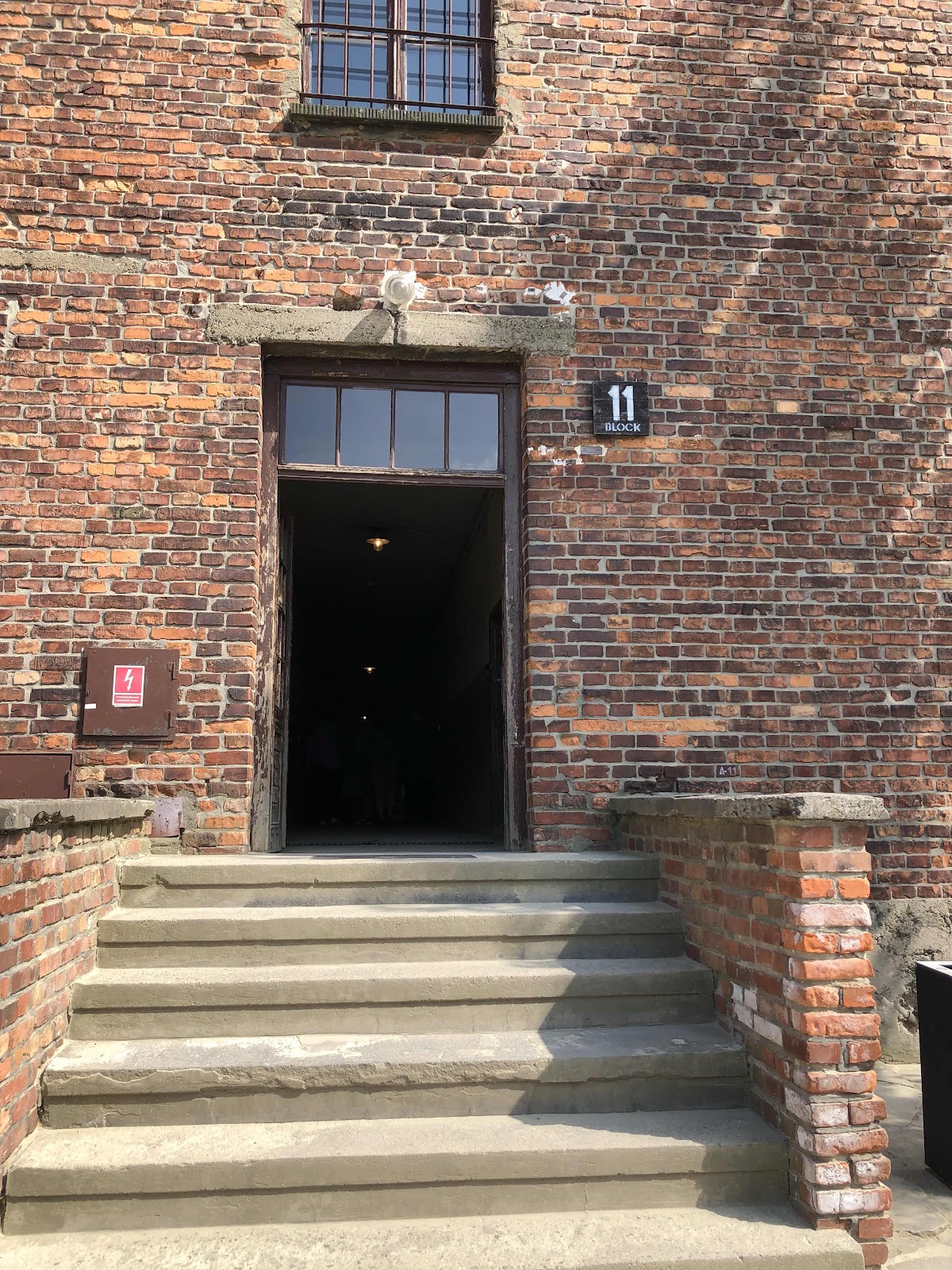

Though we weren’t allowed to take photos of the starvation cells and where four prisioners had to stand all night in the area about the size of a phone booth, there were other exhibits we learned about; like where the women and men removed their clothing before walking into the courtyard to face their deaths.
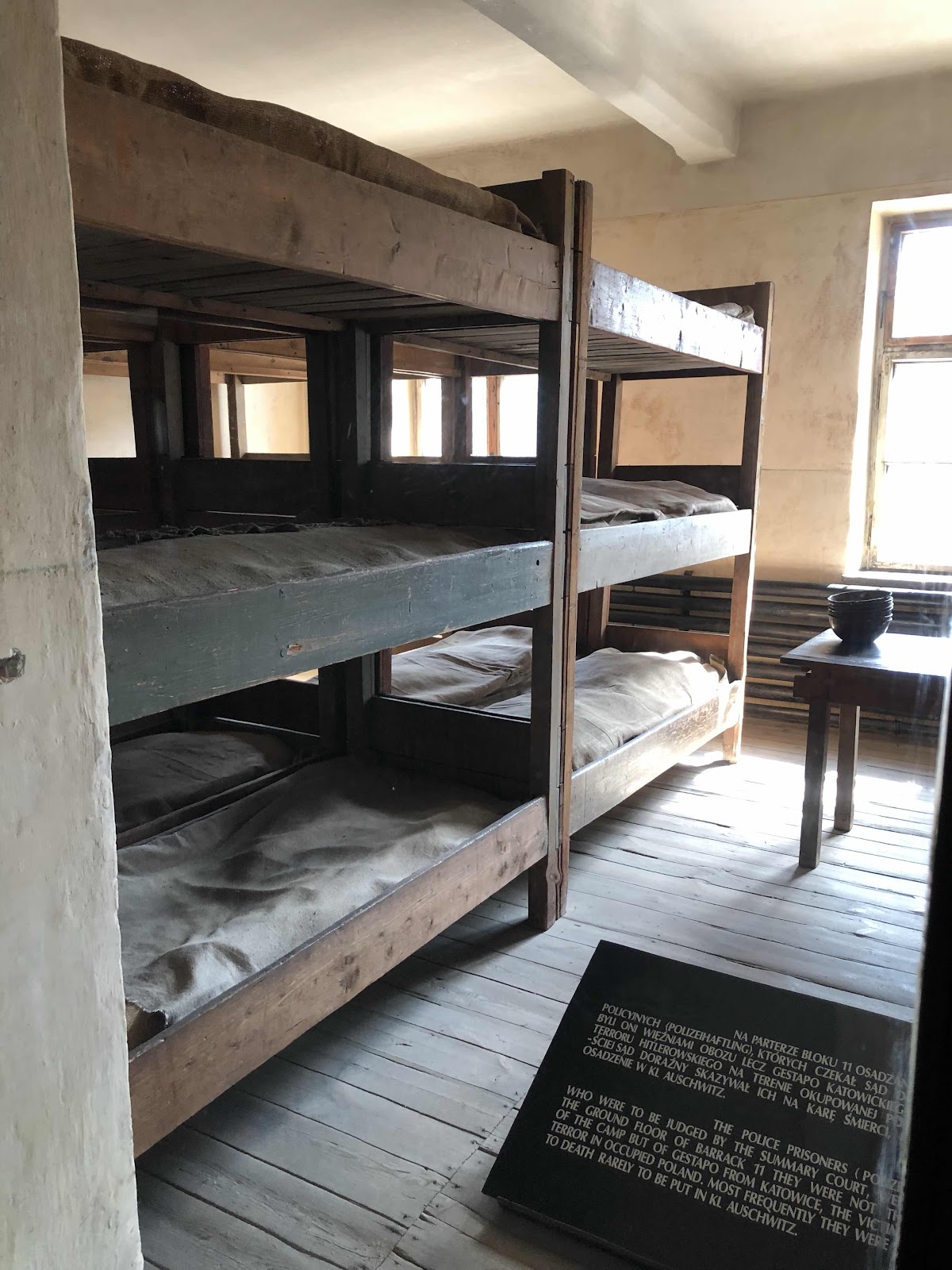






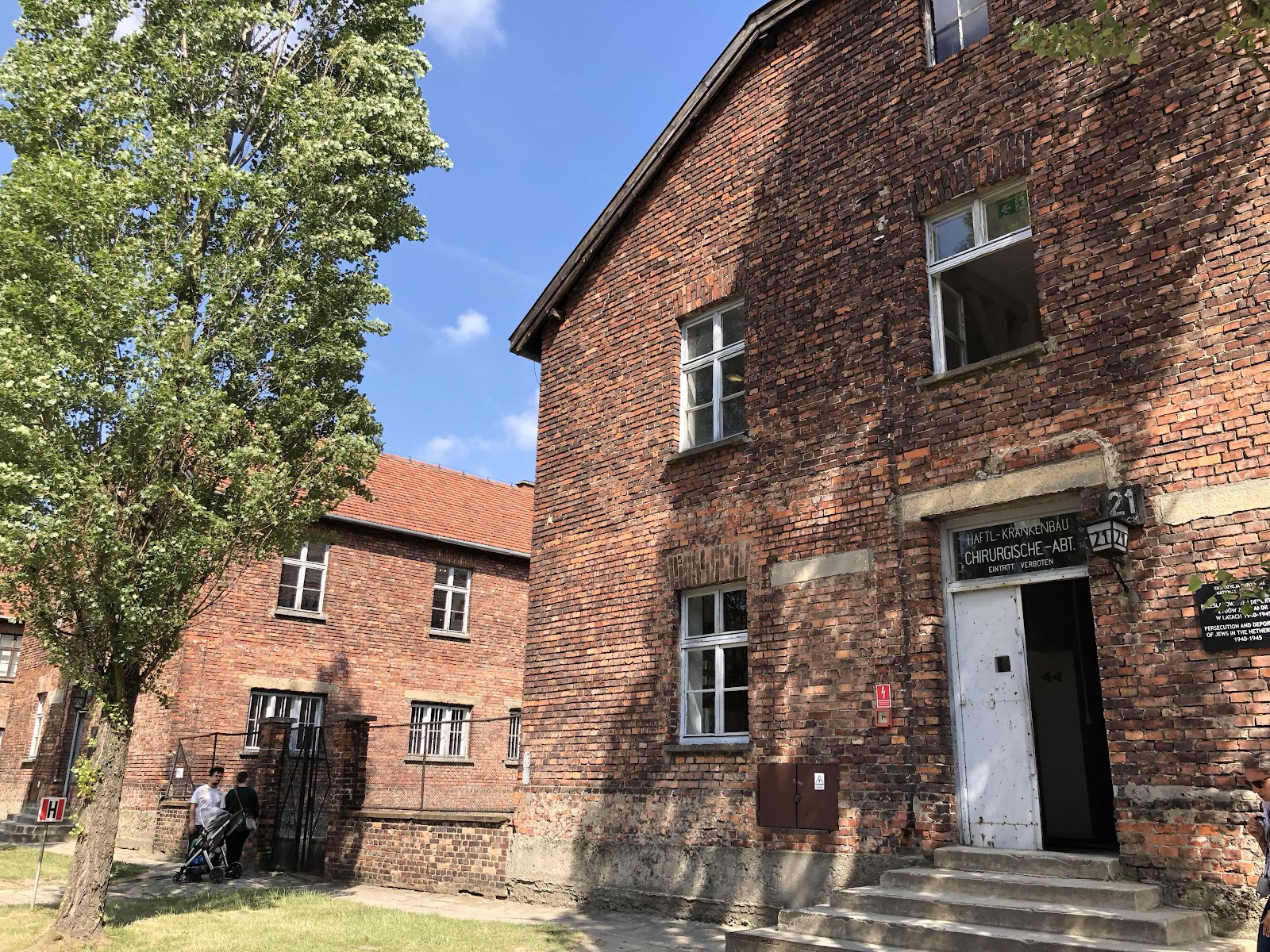

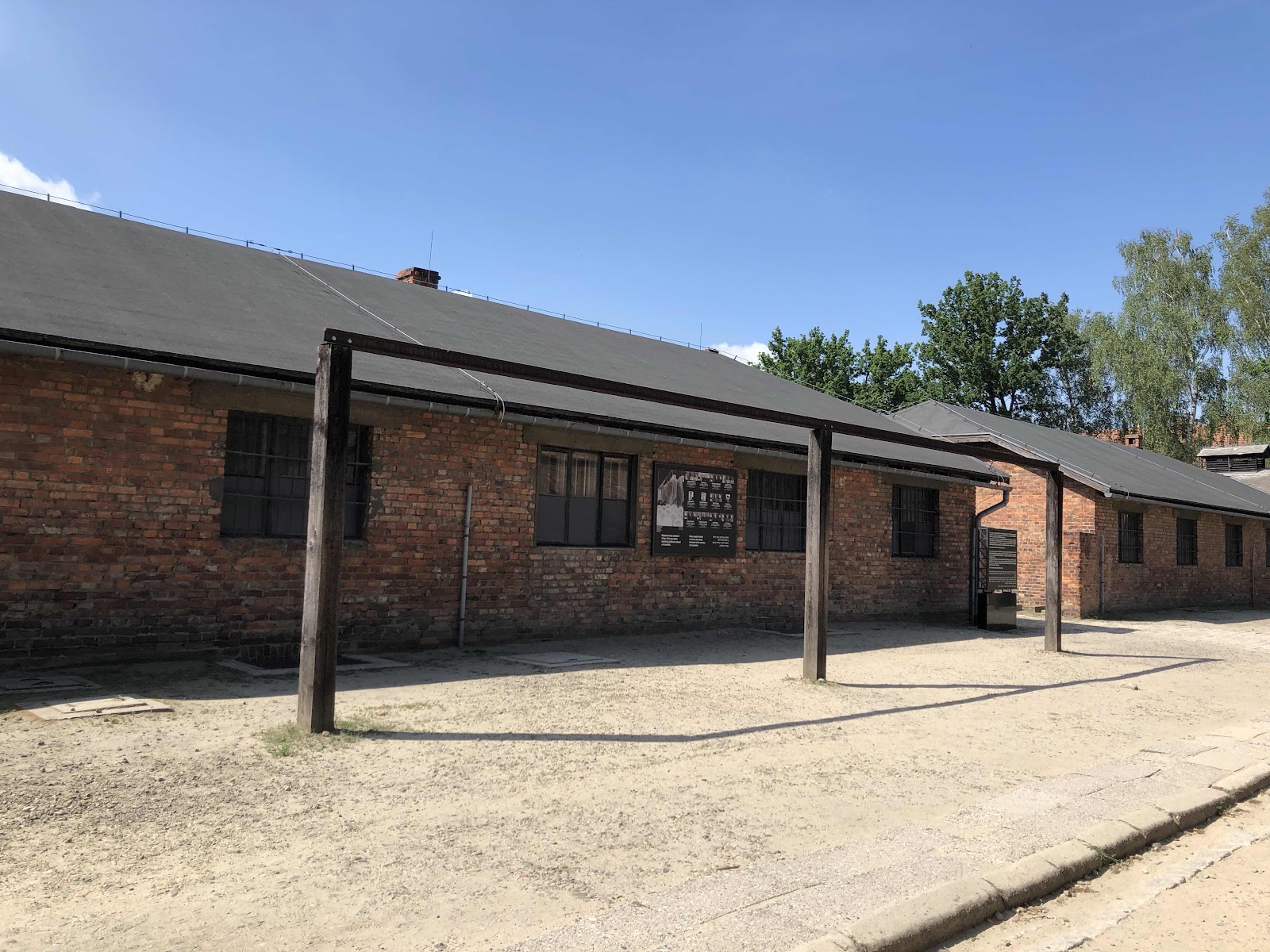





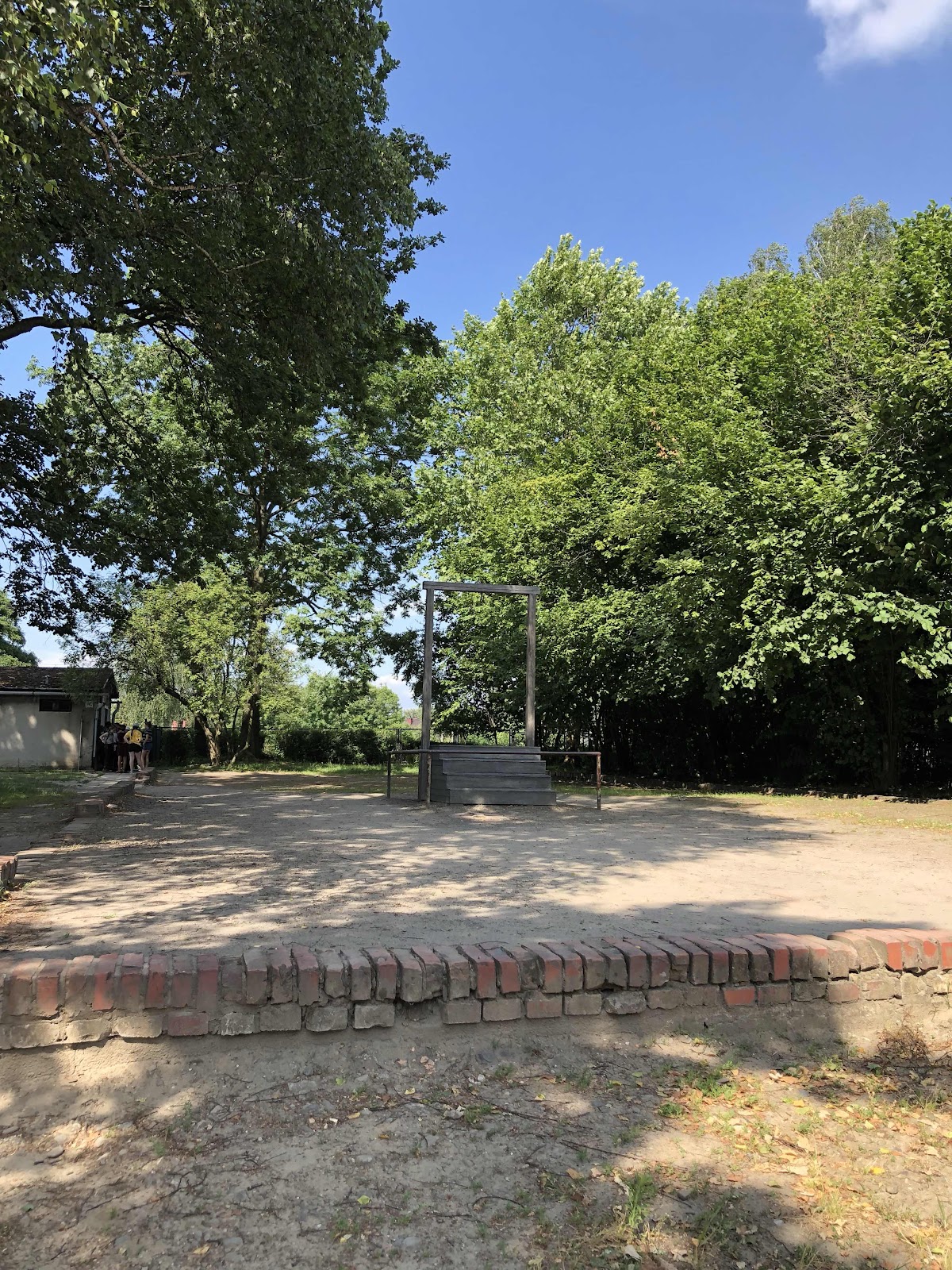
It was next to the crematorium for Auschwitz. I can’t fathom how the victims must have felt as they were brought here, and told to undress to take a supposed shower.

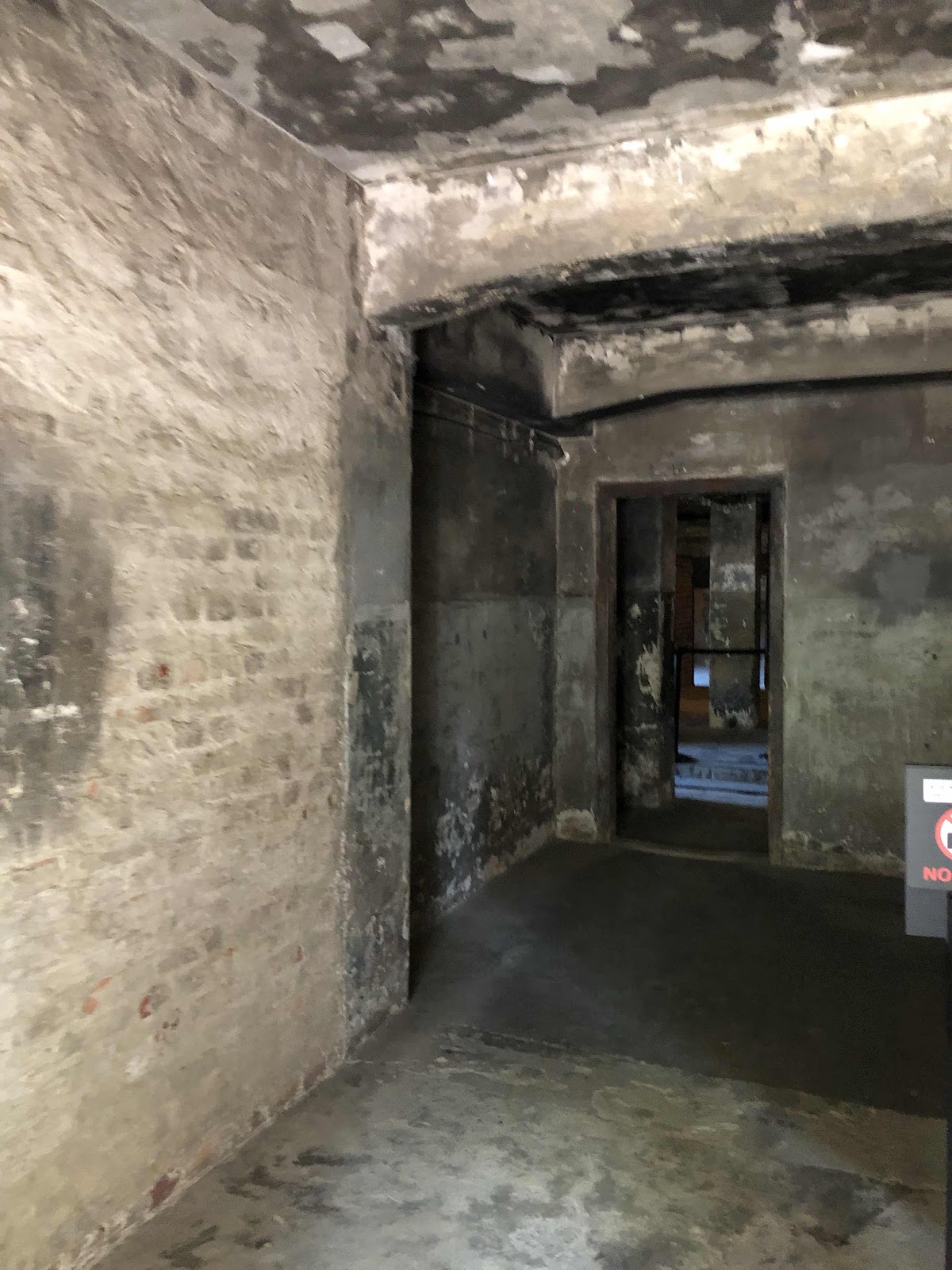


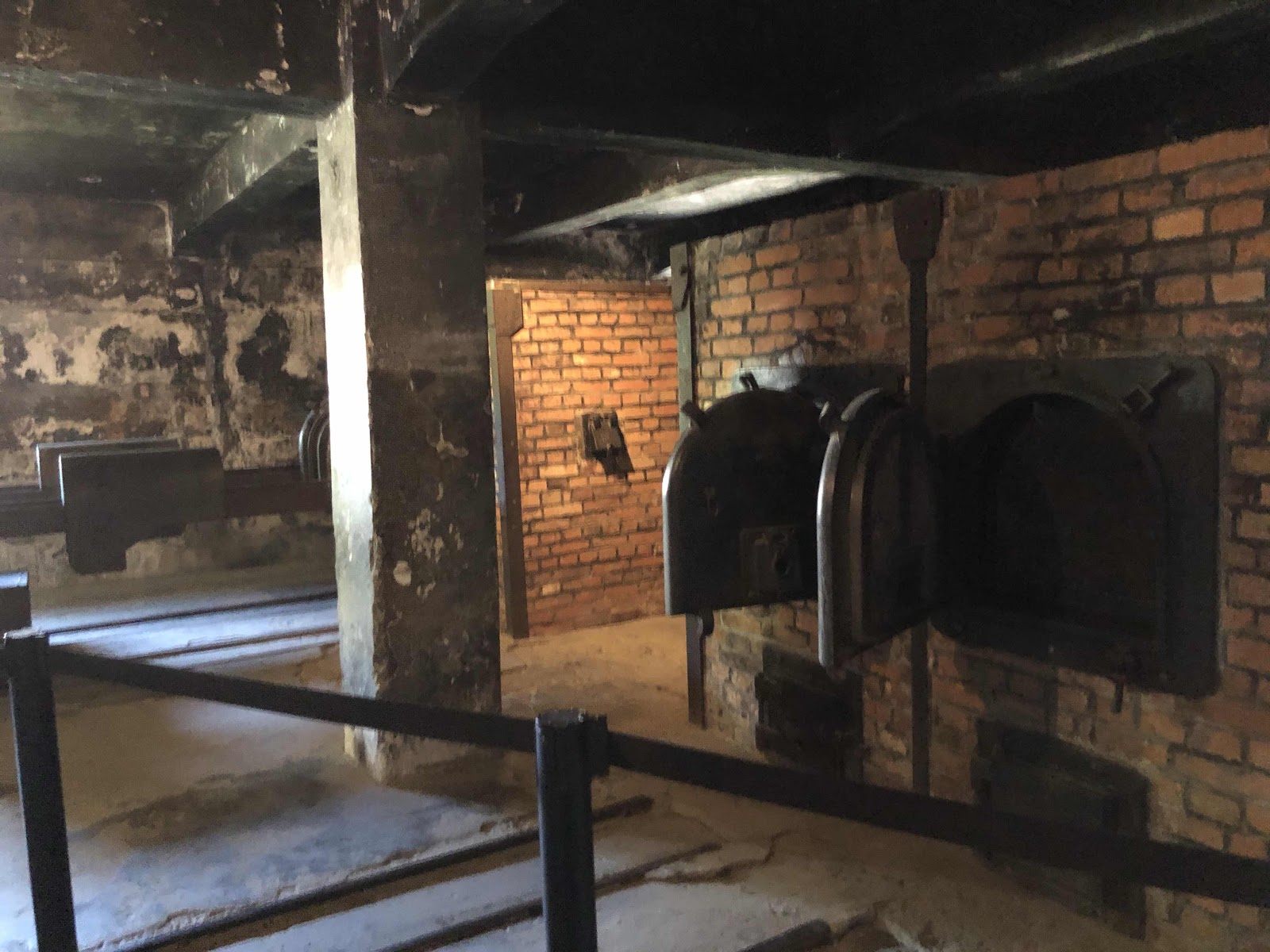
We learned a few more difficult facts as we were leaving Auschwitz. I am a witness.
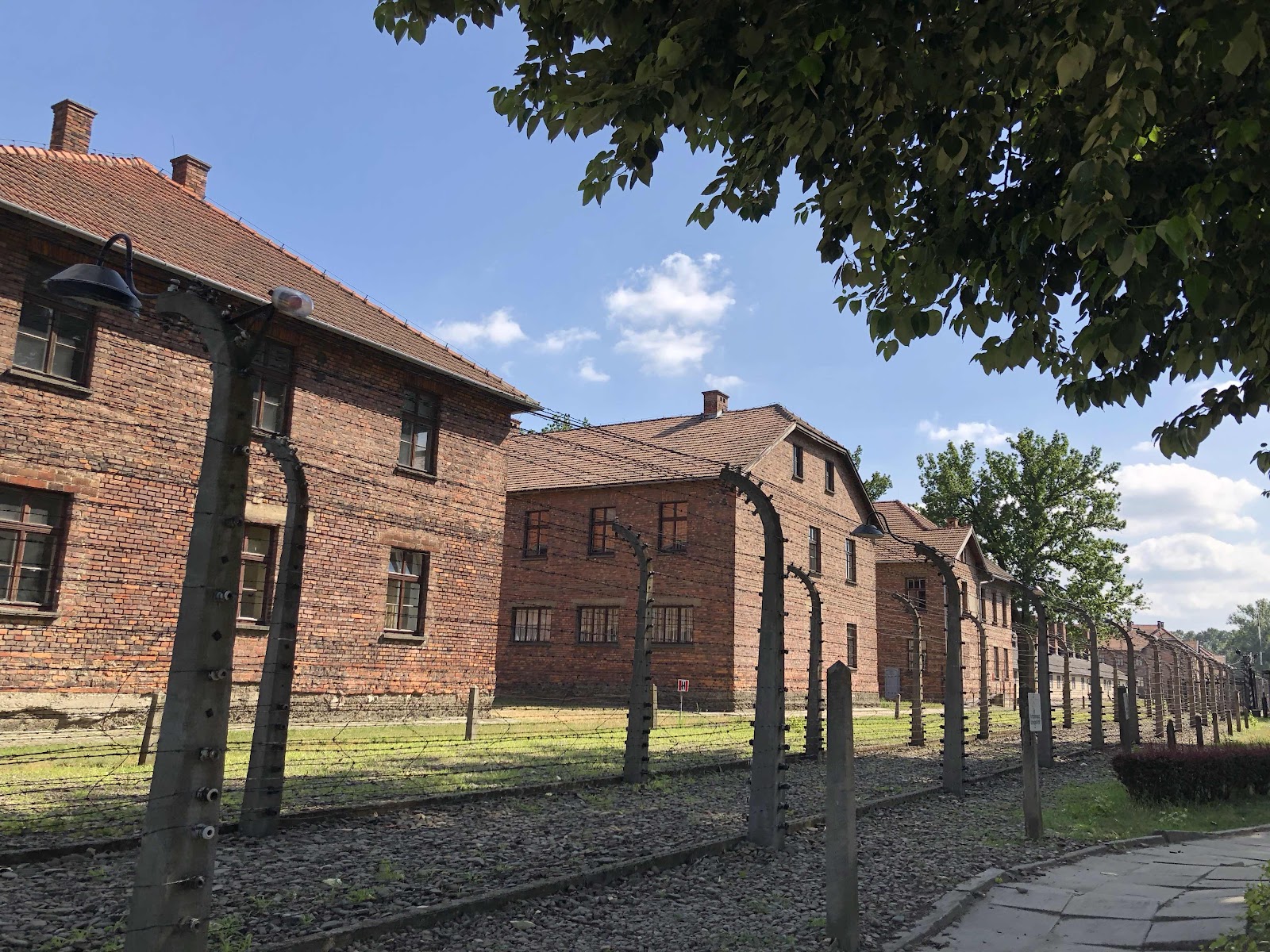
We made our way back to the bus, where we were driven 9 km to Birkenau (or Auschwitz II). I learned that there were three big concentration camps in this area, and 40 small ones. Whoa.

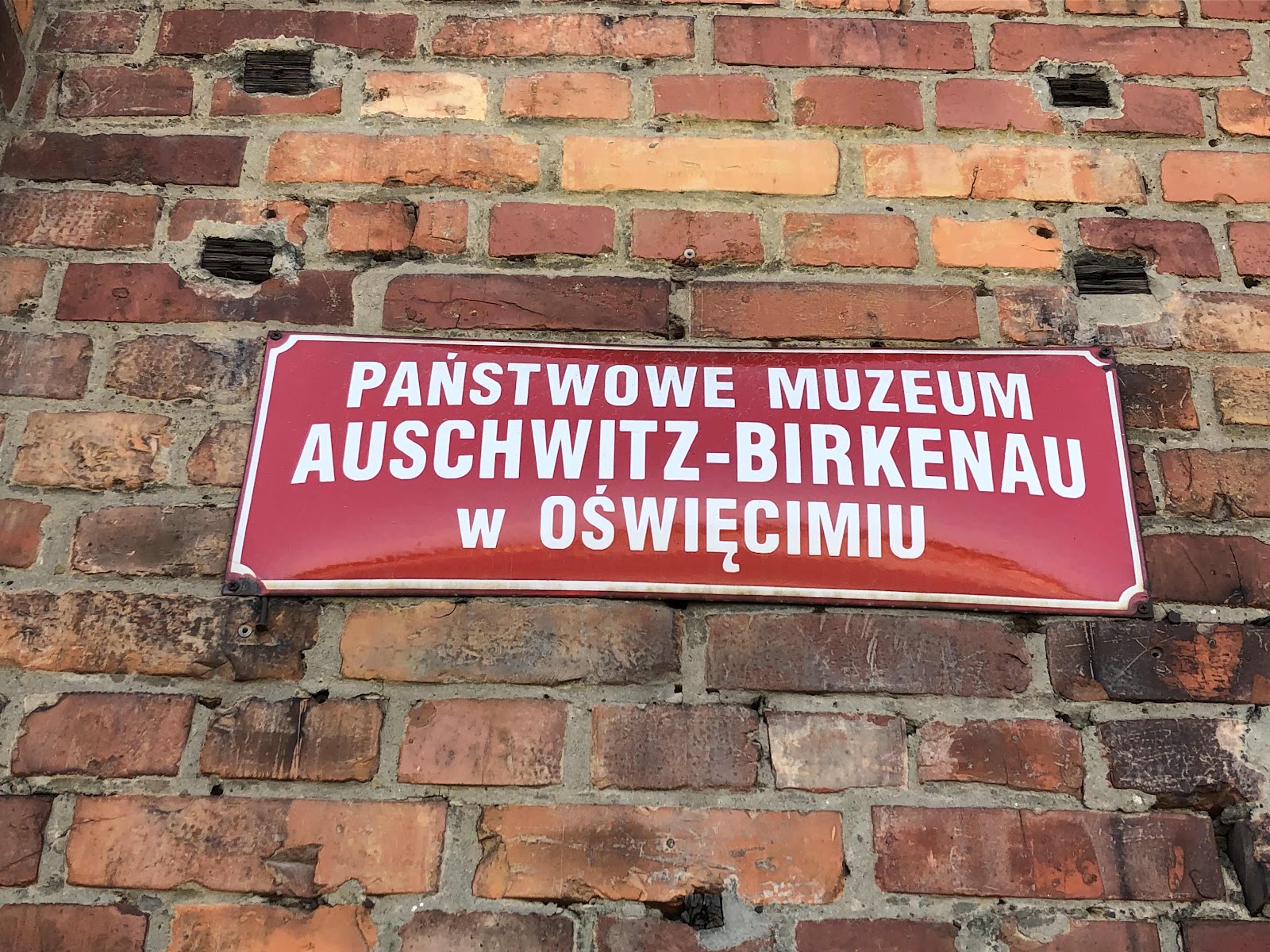

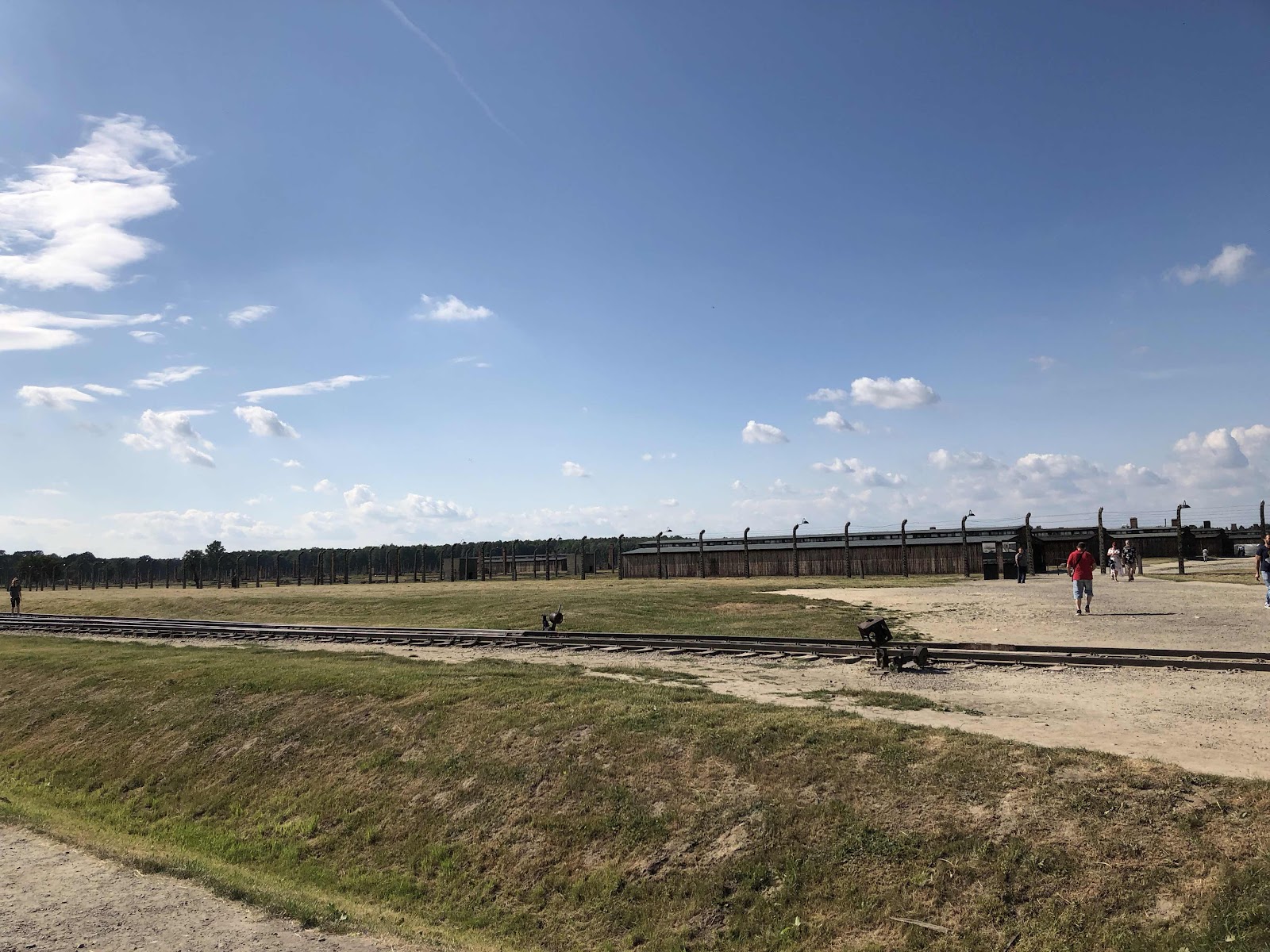


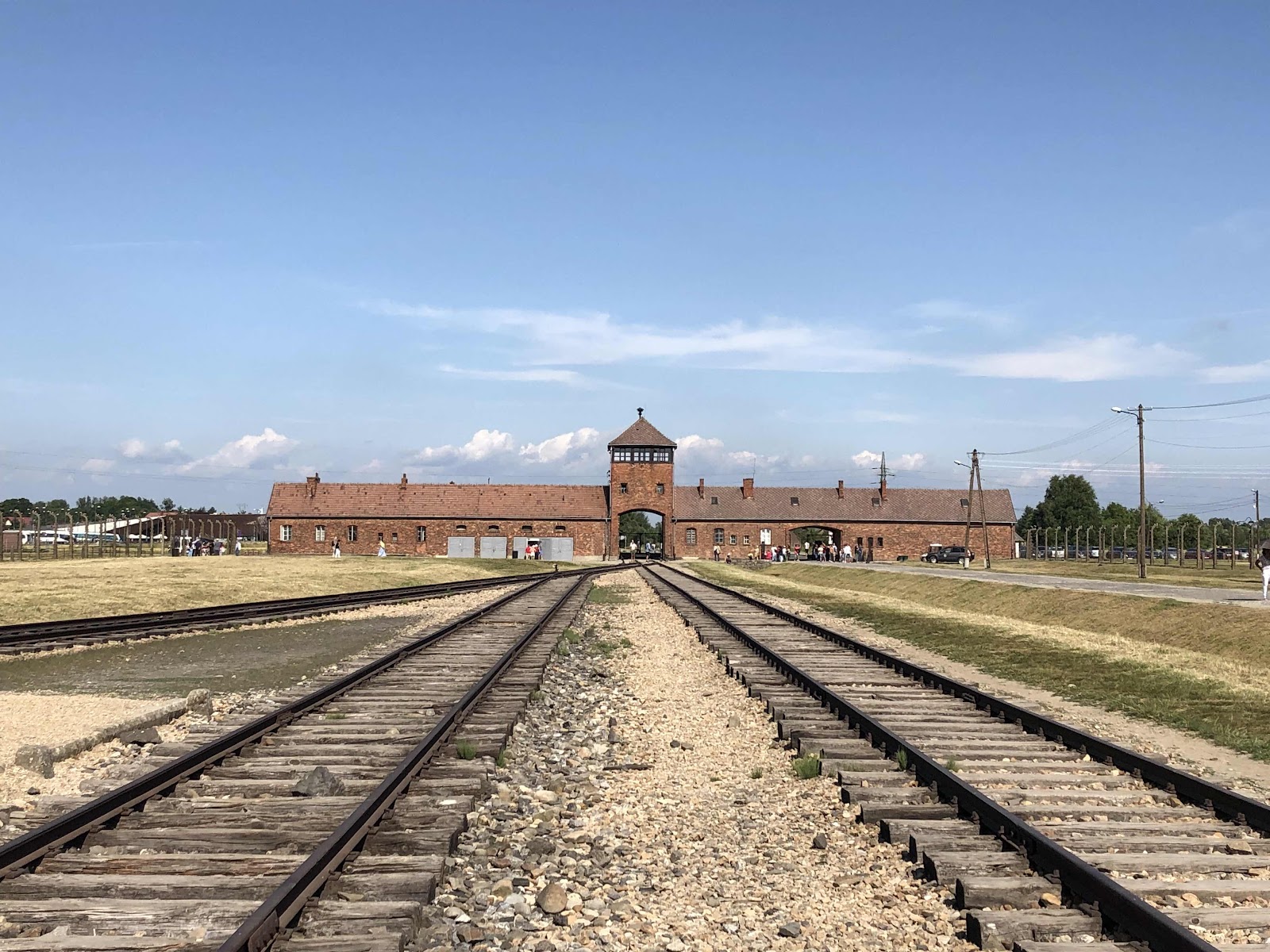


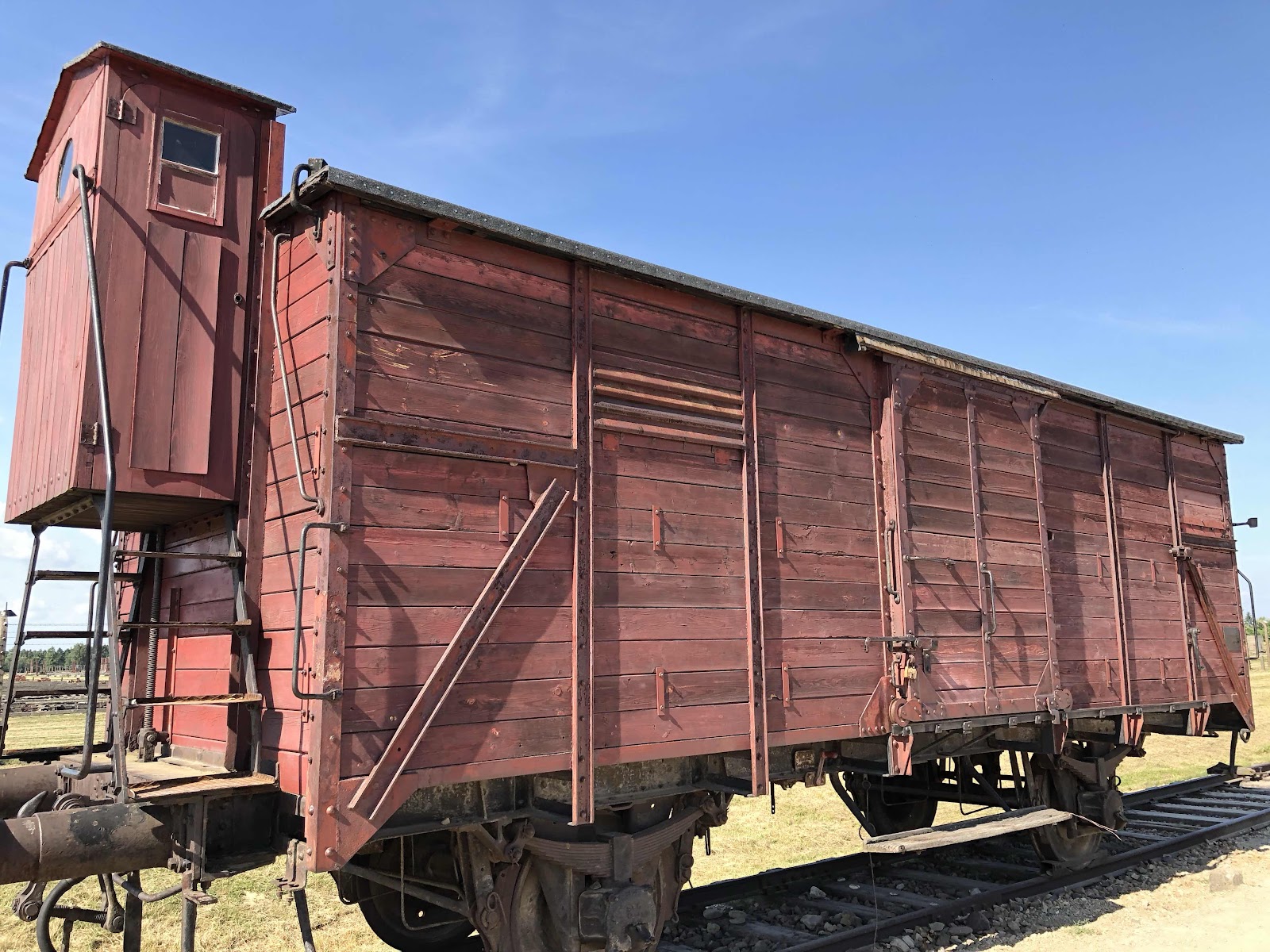


There is an international monument built here for the victims too, with 20 slabs, all in different languages, stating that 1.1 million people (at least 90% Jewish) died here.


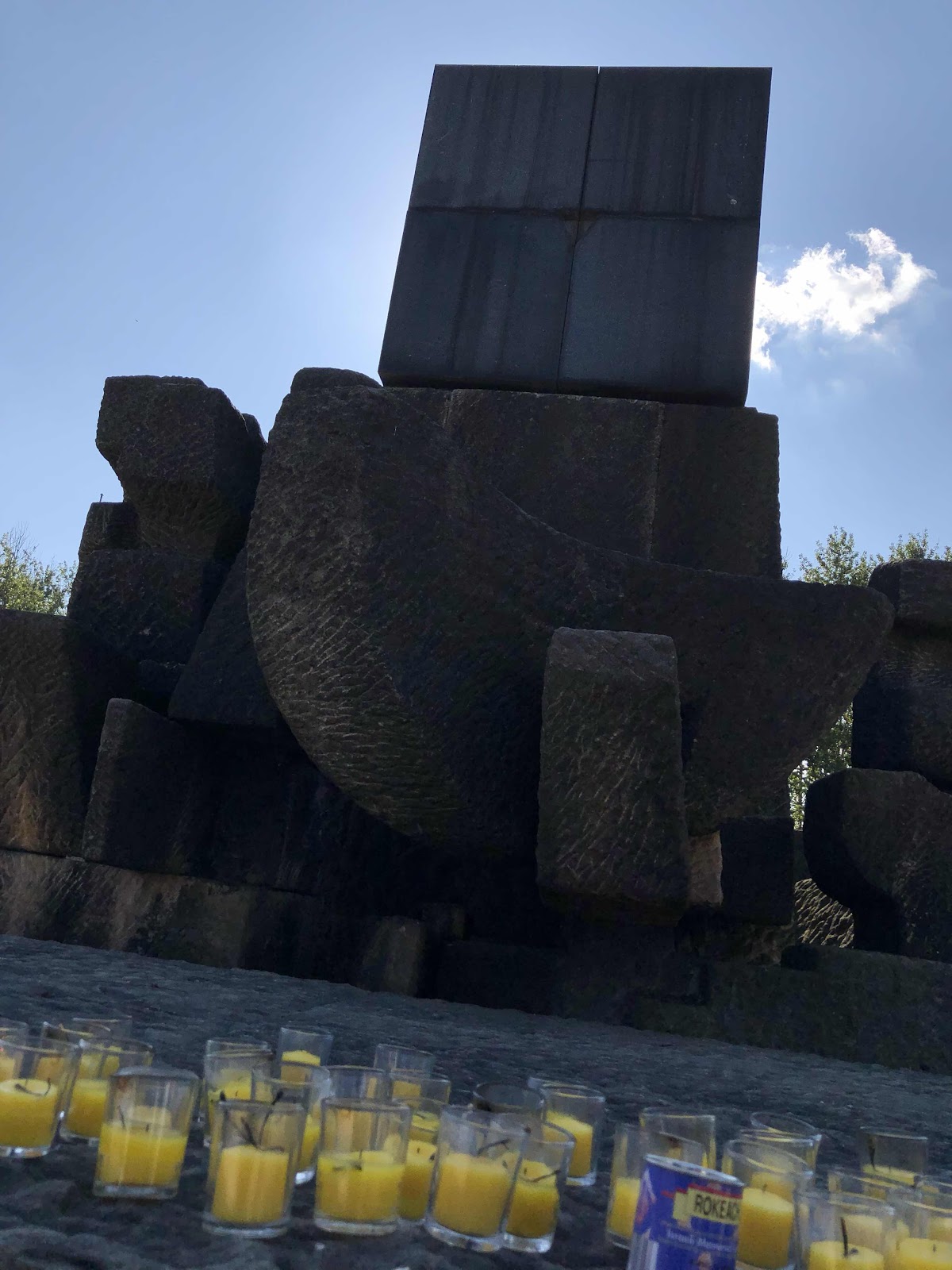
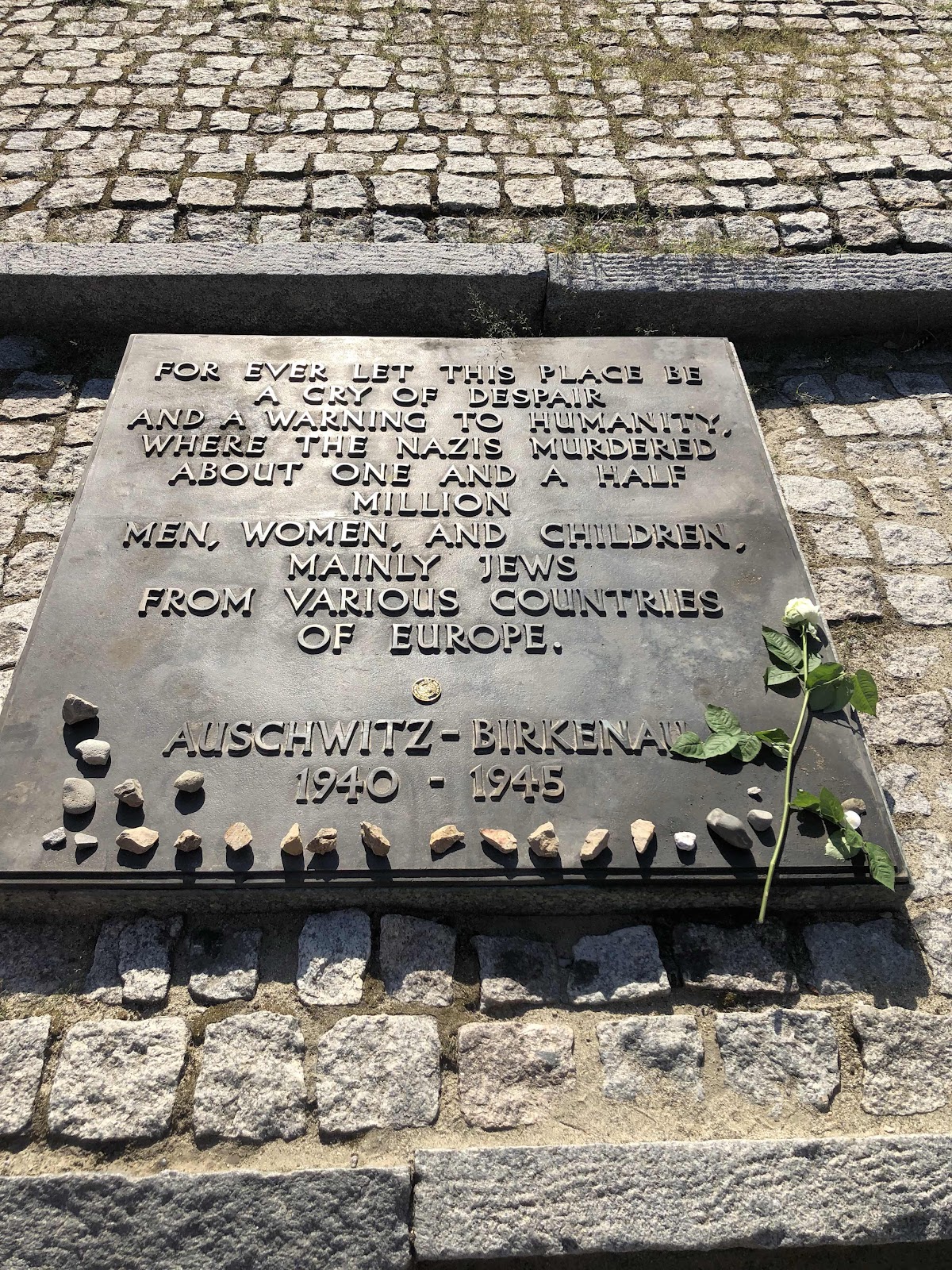
None of the five major creamatoriums are still standing. Number 2 is in ruins, and stands as a witness for all to see.
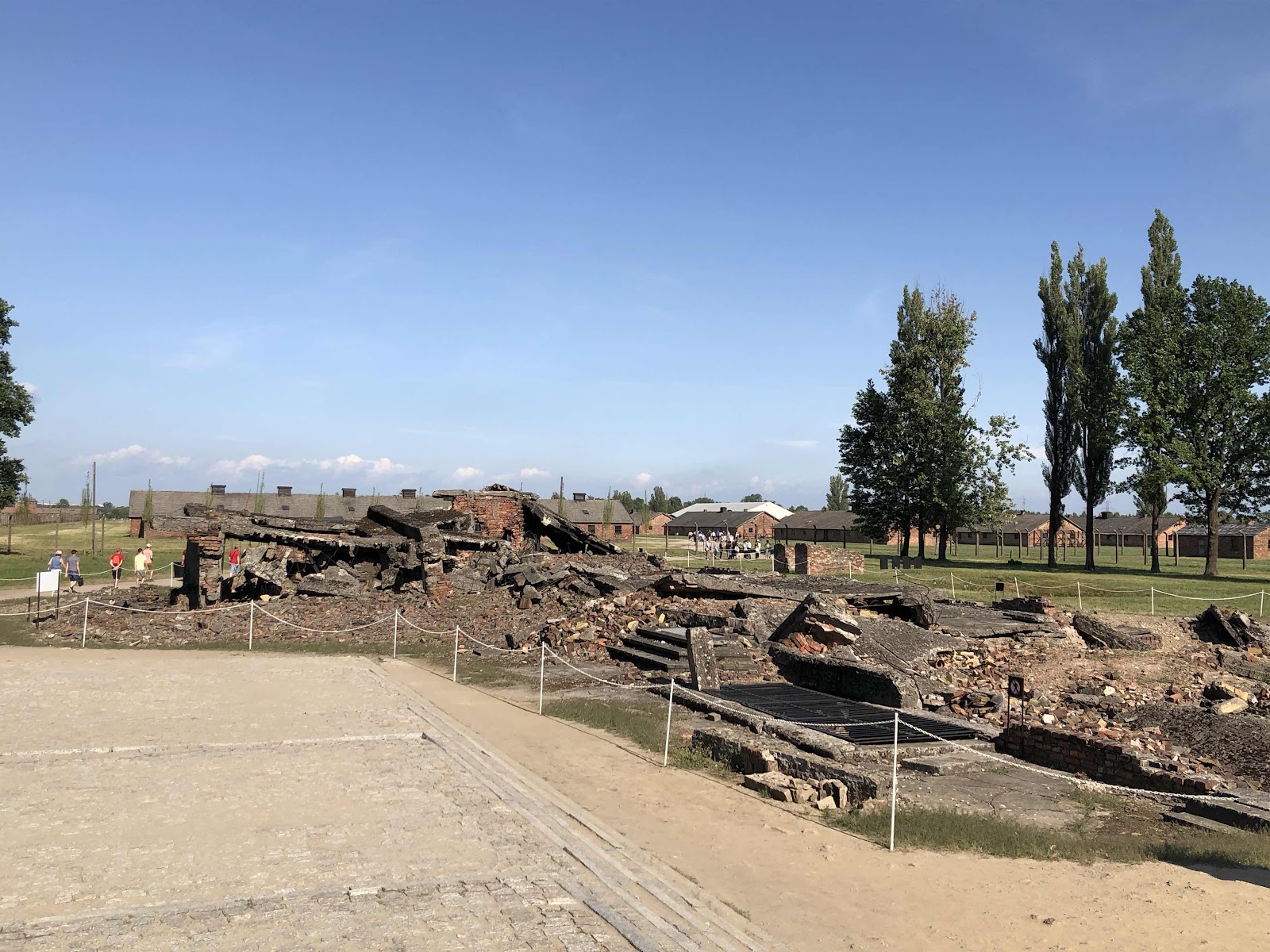

We then walked from the back of the camp, towards the front. Here there are the living quarters, that were supposed to be stables for 50 horses. Instead they housed from 400 - 1,000 prisoners.





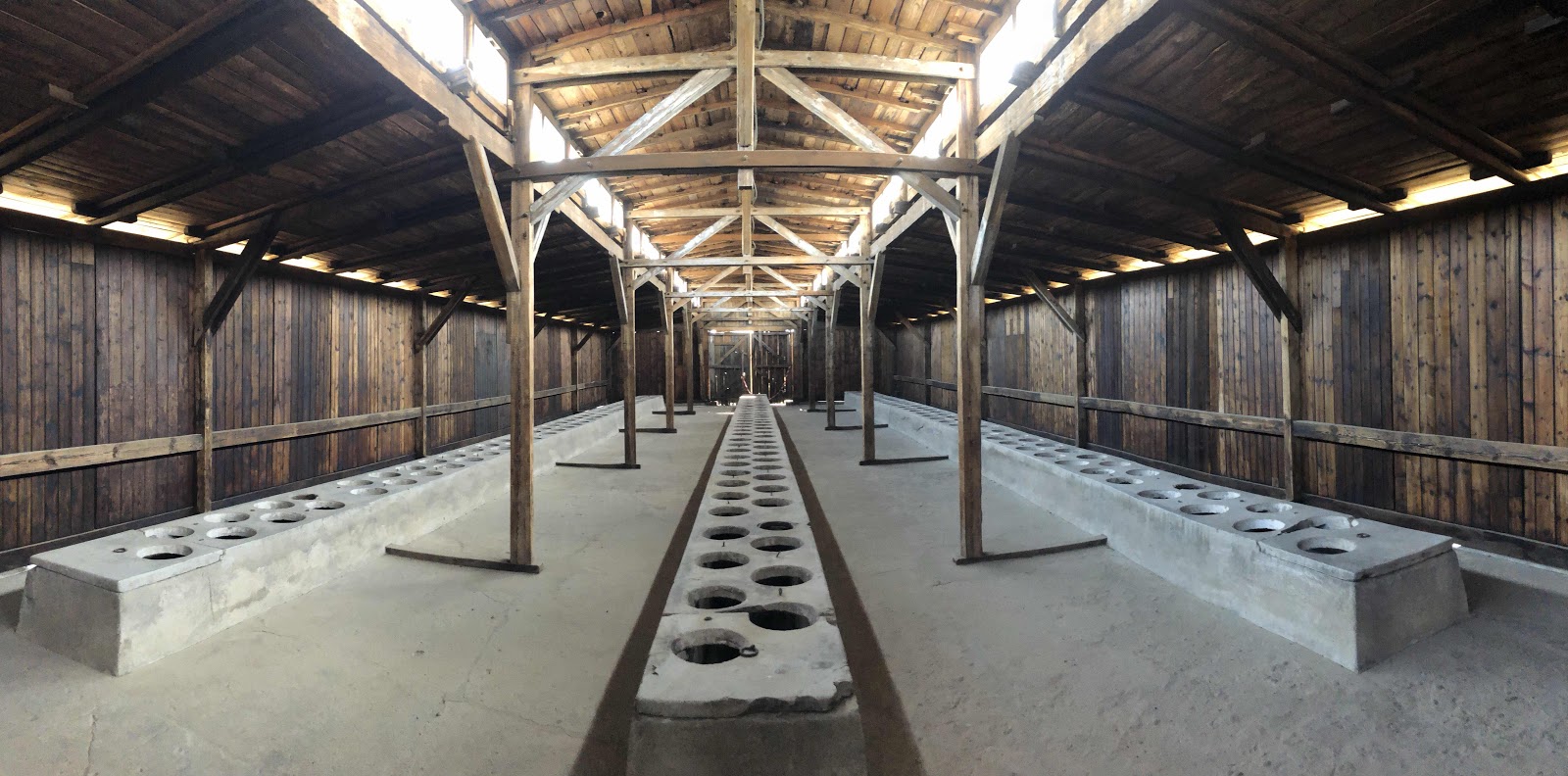
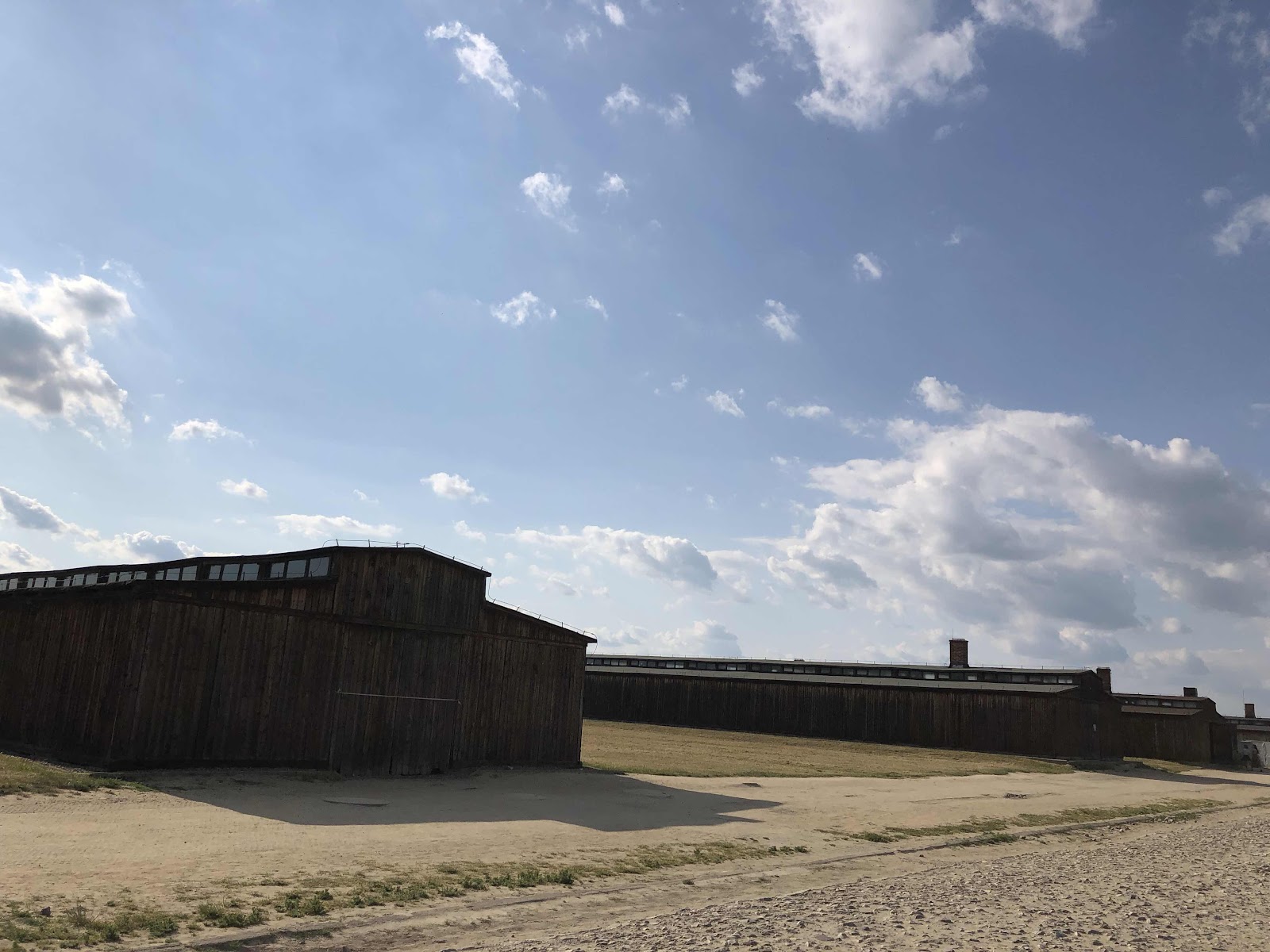
Of note, it takes between 1-1.5 hours by bus to drive from Kraków to Auschwitz-Birkenau. I had booked our tickets in advance through a company, so after our morning, we walked to the Best Western in Old Town to wait for our transport.
There are loads of companies that take tours to there, and some people buy tickets from the gentlemen selling them in the morning or on day before. However, I didn’t want us to miss it, so it was booked the same day I booked the airline tickets and air B&B.
The tickets cost us 180 zł (about $48). They were selling them for about 150 zł in town, but it wasn’t guaranteed if or when you wanted to go.
We had to wait in front of the hotel, and called when 10 minutes passed the appointed time, we hadn’t seen our bus. Though we did see several other busses who were going to Auschwitz-Birkenau. They said due to some complications, it would arrive in a few minutes. When driver arrived, he explained that there was traffic, and he apologized for the delay. Then we were off!
We pulled into the parking lot to join with another group for Auschwitz. We had a few minutes to go to the bathroom and buy some water to drink before we walked a few minutes to the entrance of Auschwitz (I).
They call it a museum, which, in a sense, I guess it is. After going through a security screening, we picked up headphones and a little box on a lanyard to hook in our headphones so we could hear our guide’s (named Aga) commentary. As we waited for everyone to gather up their equipment, I had a minute to take in our surroundings.
The tears started to flow as soon as we came to the main gate. If you haven’t had the experience of visiting a concentration camp, there is almost a tangible feeling when you enter. It kind of feels like the air sucks you in, pleading for you to listen to and learn from everything. More importantly: to not let the victims, or their stories be forgotten.
Big trees lined the roadways making it kind of a serene setting. We made our way through a handful of the buildings, that have museum-like displays explaining what it was like for the victims. I stopped trying to keep the tears from falling after listening to their stories and learning about their living (and dying) conditions.
Everything about Auschwitz feels heavy. Usually when I experience such strong emotions, I look to nature to take a picture and help me reset for a minute. Inside the building, that wasn’t an option.
However, I was grateful to look at the stairs and see how many visitors had come through here that there were parts of the stairs that had been worn away. May we always remember.
Learning about the details of the gas used in the creamatoriums made me feel sick. Every chance I had, I looked out the window at the blue sky to try and reset so I could learn more about all of their experiences.
There were rooms full of items collected from the victims as they came in to the camps.
On our way out of this block, we saw a large group of Jewish Israeli teenage boys with their yarmulke and Israeli flags worn like capes. It brought fresh tears knowing the next generations have not forgotten.
We continued on the tour learning all about the atrocities that happened at this camp, and how they switched to tattooing, instead of taking pictures of the prisoners, due to the large volume of prisoners.
We continued on the tour to Block 11, where thousands of victims were shot in the courtyard between Blocks 10 and 11.
Though we weren’t allowed to take photos of the starvation cells and where four prisioners had to stand all night in the area about the size of a phone booth, there were other exhibits we learned about; like where the women and men removed their clothing before walking into the courtyard to face their deaths.
We walked to the opposite size of the camp, and through a hole in the double barbed wire fences over to the gallows for Rudolf Höss, the first commandant of Auschwitz, was hung in 1947.
It was next to the crematorium for Auschwitz. I can’t fathom how the victims must have felt as they were brought here, and told to undress to take a supposed shower.
We learned a few more difficult facts as we were leaving Auschwitz. I am a witness.
We made our way back to the bus, where we were driven 9 km to Birkenau (or Auschwitz II). I learned that there were three big concentration camps in this area, and 40 small ones. Whoa.
Birkenau has no shelter from any of the elements. It was here that most people were transported via train from all over Europe. It was built to hold 200,000 prisoners, though they estimate that only 100,000 were here at a time.
This concentration camp has a similar layout to Dachau, but on a much larger scale. Everywhere you looked included parts of the concentration camp.
There is an international monument built here for the victims too, with 20 slabs, all in different languages, stating that 1.1 million people (at least 90% Jewish) died here.
None of the five major creamatoriums are still standing. Number 2 is in ruins, and stands as a witness for all to see.
We then walked from the back of the camp, towards the front. Here there are the living quarters, that were supposed to be stables for 50 horses. Instead they housed from 400 - 1,000 prisoners.
The atrocities shared about the living conditions are unspeakable. When the best job in the camp is the person who cleans the communal latrines, it should give you a glimpse into the deplorable conditions the prisoners faced on a continual basis.
After the Soviets liberated the camps in January 1945, there were around 7,500 prisoners that the Nazis left in the camp, anticipating that they would die. A huge percentage of them did, but they used Birkenau as as a massive hospital and temporary housing solution for those left alive.
Our guide shared that the survivors of Auschwitz-Birkenau would always carry bread in their pockets so they would never know hunger again. It helps keep the survivors’ anguish in perspective.
With the wind drying my tears, we exited Birkenau (or Auschwitz II). It is almost impossible to believe that mankind can not only turn on itself, but then have the power to go on after these horrific experiences have ended. The Holocaust has had an impact on all humankind. Regardless of our own beliefs, may we always be brave enough to remember that we are all children of God.
I am a witness of Auschwitz-Birkenau. 💔
Comments
Post a Comment